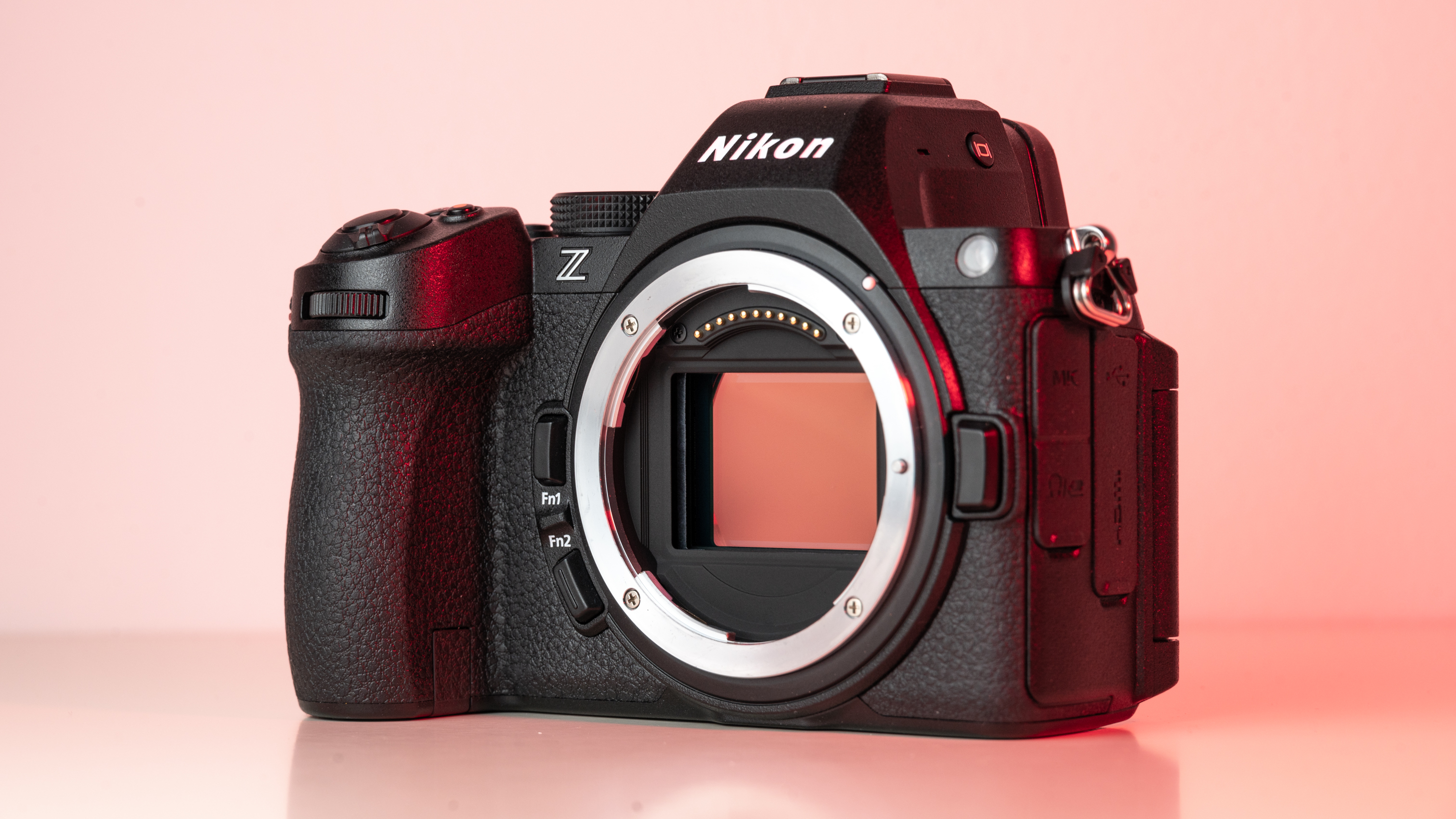TechRadar Verdict
The Nikon Z5 II is a calculated and well-executed camera that blurs the line between affordability and performance. Despite being angled as the brand's entry-level model, the body has received significant upgrades over its rather pedestrian predecessor. This is effectively a mid-range camera at an outstanding price, and one that benefits massively from inheriting the excellent subject-detection autofocus of Nikon's pricier bodies. This iteration is pricier than the first Z5, and it's also strategically placed to prevent it hobbling the sales of its higher-end siblings; to that end, video performance is good but not outstanding, and those in need of rapid burst speeds will be better served with the Z6 III. But, as a superlative, catch-all camera that performs in the vast majority of scenarios, the Nikon Z5 II ticks every box.
Pros
- +
Comparable autofocus performance to higher-end Z-Mount bodies
- +
Superb design, EVF, and IBIS
- +
Better JPEGs thanks to Nikon Imaging Cloud
Cons
- -
Pricier than previous iteration
- -
1.5x crop for 4K 60fps video
Why you can trust TechRadar
Nikon Z5 II: two-minute review
The Nikon Z5 II may be the ‘entry-level’ model in the brand’s most recent lineup of mirrorless bodies, but it’s by no means the stripped-down back-to-basics affair that its predecessor was. Nikon has conspicuously taken the body up a notch in terms of performance and features – and, for that matter, price.
It inherits the lion’s share of specs from the outstanding Nikon Zf, and subsequently it’s a fully-fledged hybrid shooter that excels in all but the most extreme of use cases. Notwithstanding its position in the Nikon range, don’t think of this as an entry-level camera – it’s anything but.
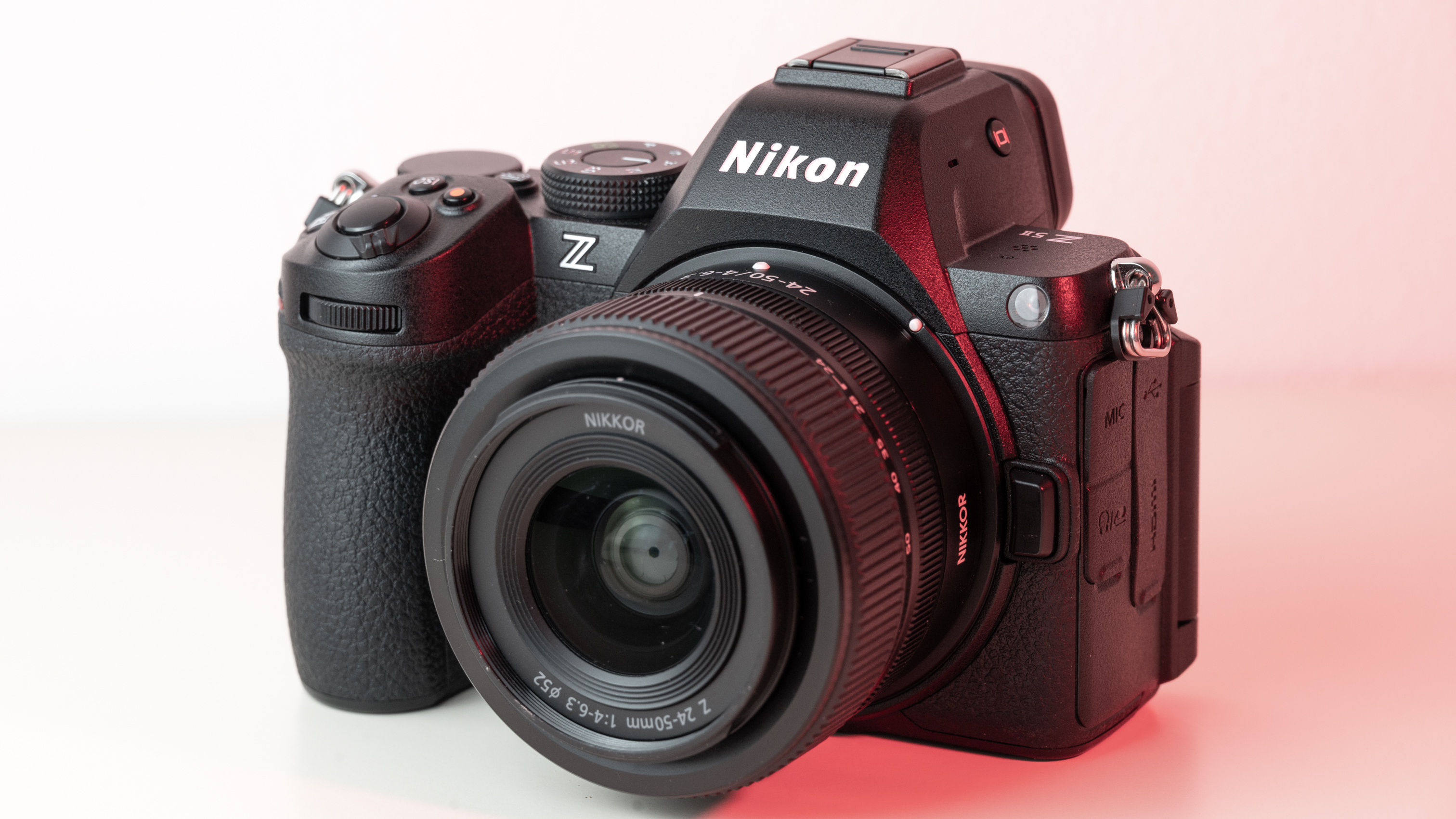
At the heart of the Nikon Z5 II is the same Expeed 7 processor that's in the recent higher-end Z-series bodies. Subject detection? Check. Super-sticky 3D tracking? Check. In terms of autofocus, video, and meaningful quality of life changes, this camera blows away the original Z5 in every area.
If I had to nitpick, I would say that the almost 25% price increase over the Z5 is a glaring sore point for this camera. I do, however, think the massive jump in performance makes this camera worth every penny; you pay more, but you also get substantially more camera. If you've been eying up the Zf, but were put off by its hipster charms and questionable ergonomics, then the Z5 II is the clear choice here.
It's also, arguably, the top choice in the entry-level to mid-range full-frame mirrorless market right now. It's carefully placed just below the Z6 III in terms of burst rates and video specs, but compares favorably to the likes of the Canon EOS R8, Panasonic S5 II, and Sony Alpha A7 III. All have their merits, but the Nikon Z5 II offers a compelling blend of price and performance without any glaring compromises. In short, it beats its competitors on either price or specs – it really is well positioned.
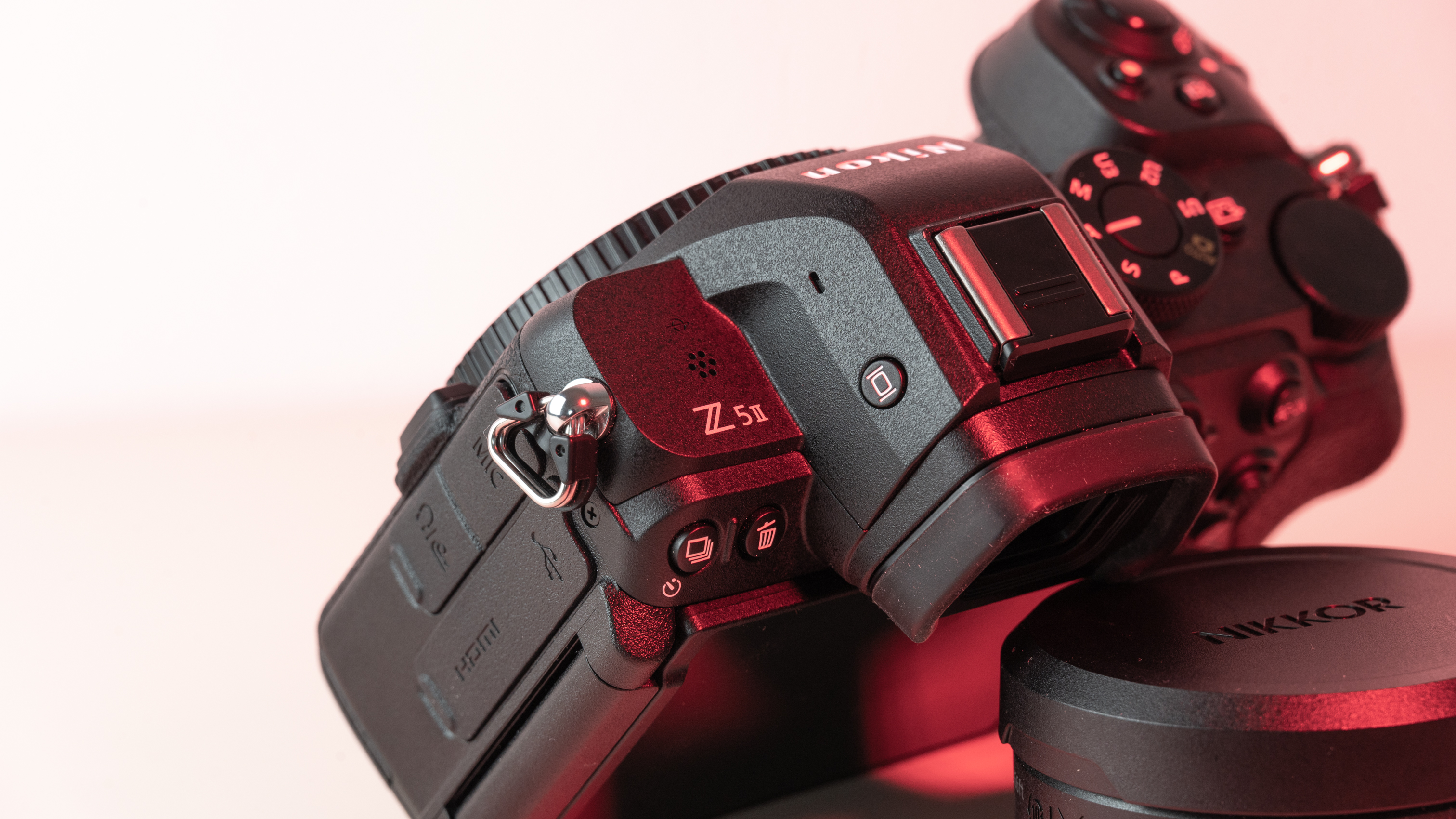
As a stills camera in particular, it's hard to fault the Z5 II. You get a tried-and-tested 24.5MP back-side-illuminated sensor that's capable of excellent results, and 12fps raw capture. I'd also argue that this is one of Nikon's best cameras for JPEG shooters yet, thanks to the inclusion of the handy Picture Control button and support for sharing custom JPEG recipes via Nikon Imaging Cloud.
The video specs are a little weaker considering that 4K 60fps video is cropped, but the Z5 II is still capable of full-width 4K video up to 30fps – that's significantly better than the previous model.
In the rare cases where you need 6K video capture or quicker readout speeds, the Z6 III is likely a worthwhile upgrade. Otherwise, however, the Z5 II is going to be an absolute winner for most users. Sure, it's not a resolution beast like the Z8, nor is it particularly quick like the Z6 III; but the Z5 II is a superb camera in its own right, and one that's going to have mass appeal, even outside the Z-Mount ecosystem.
Nikon Z5 II: price and release date
- The Nikon Z5 II body-only costs $1,699 / £1,599 / AU$2,699
- Zoom kit bundles starting at $1,999 / £1,899 / AU$3,249
- Roughly 25% more expensive than first Z5
At $1,699 / £1,599 / AU$2,699 the Z5 II arrives with a significant price jump over the first-gen model. At launch it’s roughly 25% more expensive than the first iteration, and the price difference is even more glaring considering that the Z5 has hit as low as $999 in the US in recent months.
Judged in terms of specs, however, the Nikon Z5 II is an aggressively priced body. I’ll elaborate more later, but the Z5 II is simply in a different league to its predecessor when it comes to both performance and features, and in my book this quantum leap softens the blow of the price hike significantly.
You could easily compare it to the most recent offerings from Canon R8 or Panasonic S5 II, but I’d argue that the Nikon is the more fully featured camera for the price. The R8, for example, is cheaper at $1,499 / £1,629 / AU$2,489, but forgoes IBIS and a second card slot. The S5 II is more comparable in term of specs, but it’s pricier in the US and UK at $1,999 / £1,699, and the Z5 II inherits the outstandingly refined subject-detect autofocus of the higher-end Z-Mount bodies.
The Z5 II is also well placed to compete with older mid-range models like the Sony Alpha A7 III. Sony’s former hybrid king is still available for new for around $1,799 / £1,679 / AU$2,000, and features a compelling mix of excellent autofocus, extensive lens choices, and specs that still hold up for enthusiast users.
It’s a testament to the A7 III that even in 2025 it remains a competitive choice, but the Z5 II finally gives customers a better option than Sony's seven-year-old camera in this price bracket. Sony’s traditionally killer USPs of autofocus and lens choice are less deadly to rivals now – and the Z5 II also features meaningful quality of life upgrades like a fantastic EVF, flip screen, and excellent IBIS. The Z5 II is so well featured that it’s hard not to recommend it, despite the unfortunate price bump.
- Price score: 4.5/5
Nikon Z5 II: specs
Sensor: | 24.5MP full-frame |
Video: | 4K 60fps (1.5x crop) / 4K 30fps (full width) / FHD 120fps |
Cont. shooting | 11fps raw, 30fps JPEG |
Viewfinder: | 3.69m dots, 0.8x magnification |
LCD: | 3.2-inch articulated touchscreen, 2.1m dots |
Battery (CIPA rating): | 330 shots |
Weight: | 700g (body only) |
Dimensions: | 134 x 101 x 72mm |
Nikon Z5 II: design and handling
- Similar design to the Nikon Z6 III
- Fully articulating display
- Picture Control button for JPEGs
Despite the Z5 II’s internal similarities to the Zf, outwardly the two cameras couldn’t be any more different. Nikon has returned to its modern design language with the Z5 II, and like its predecessor it essentially shares the same body as the most recent higher-end Z6 model, aside from that camera’s top LCD panel.
The Z5 II’s design is typically Nikon. It’s function over form, although the brand has made subtle tweaks compared to its previous generation of cameras. For one, the body is slightly thicker, and Nikon has also made a few changes to the EVF housing, which now sweeps around to the generously sized Z mount on the front. It’s a blink-and-you’ll-miss-it change, but the camera looks more modern for it.
The button layout is essentially the same as on the previous model, but there are some changes. The playback button and sequential shooting menu have been switched, for example, and there’s now a handy ‘Picture Control’ button to quickly access JPEG settings. Either way, everything is in the right place, and if you’re already a Nikon shooter you’ll feel right at home. Notably the grip remains the same; chunky, with plenty of purchase for when you're using larger Z-mount lenses.
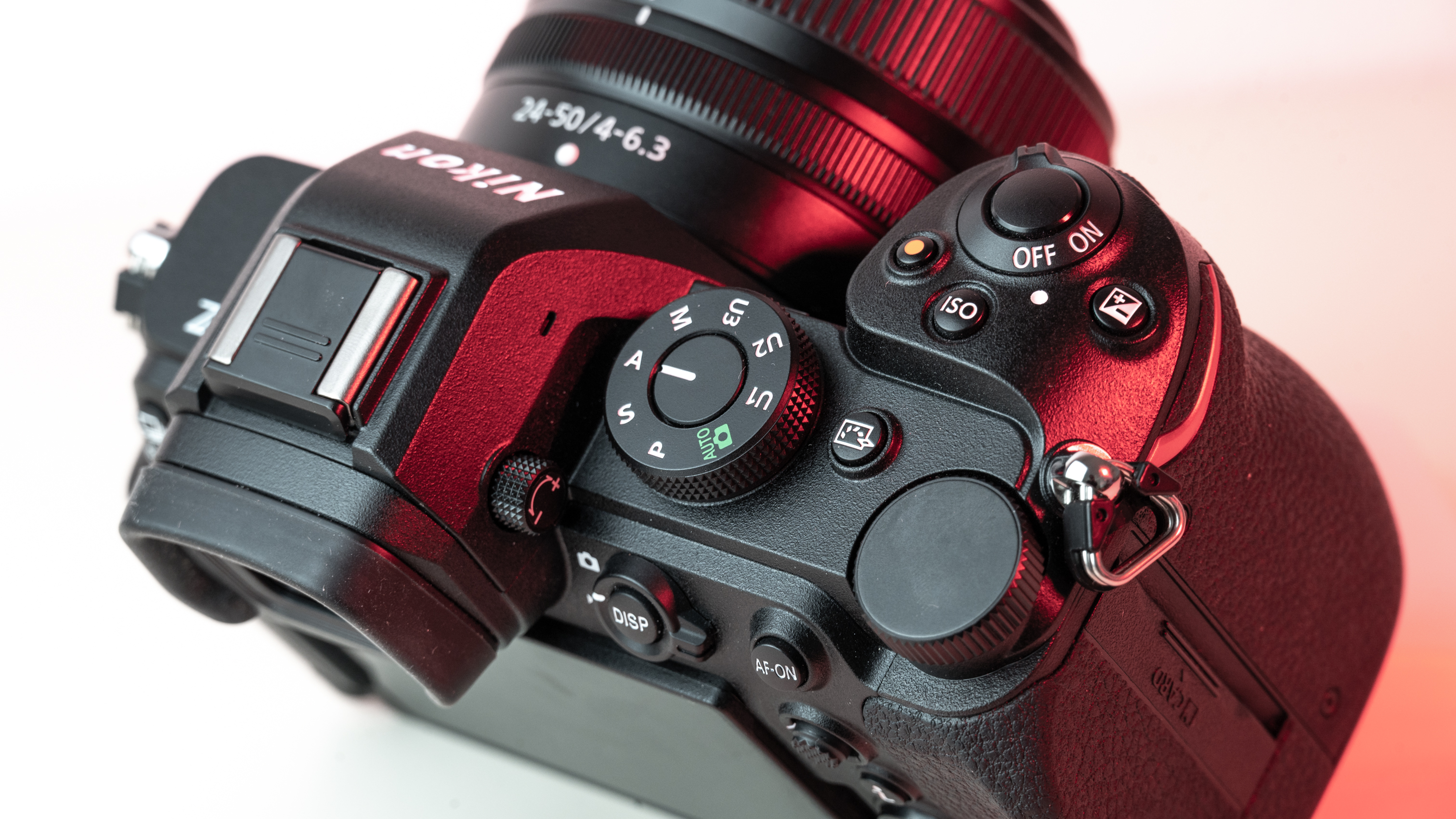
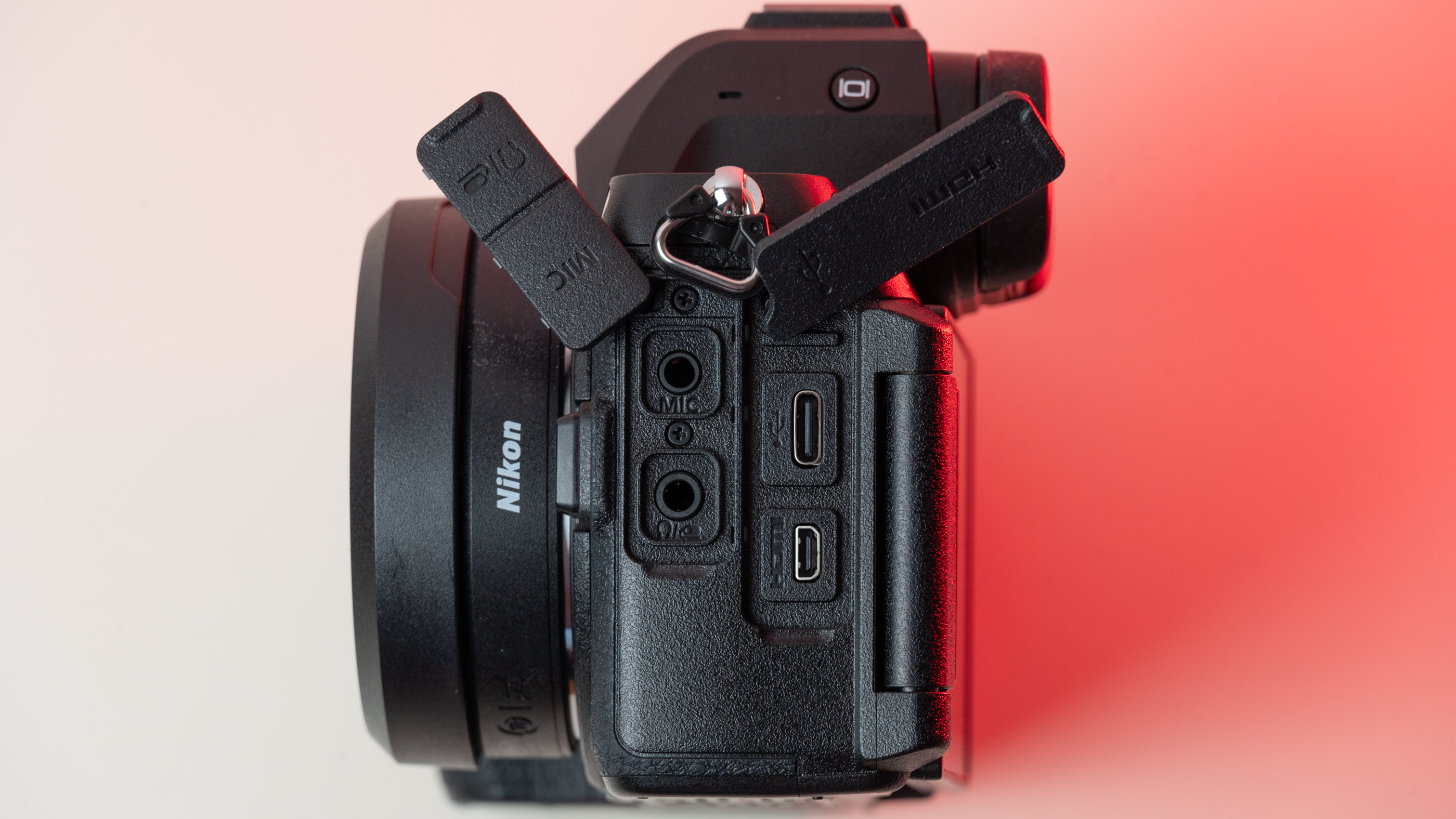
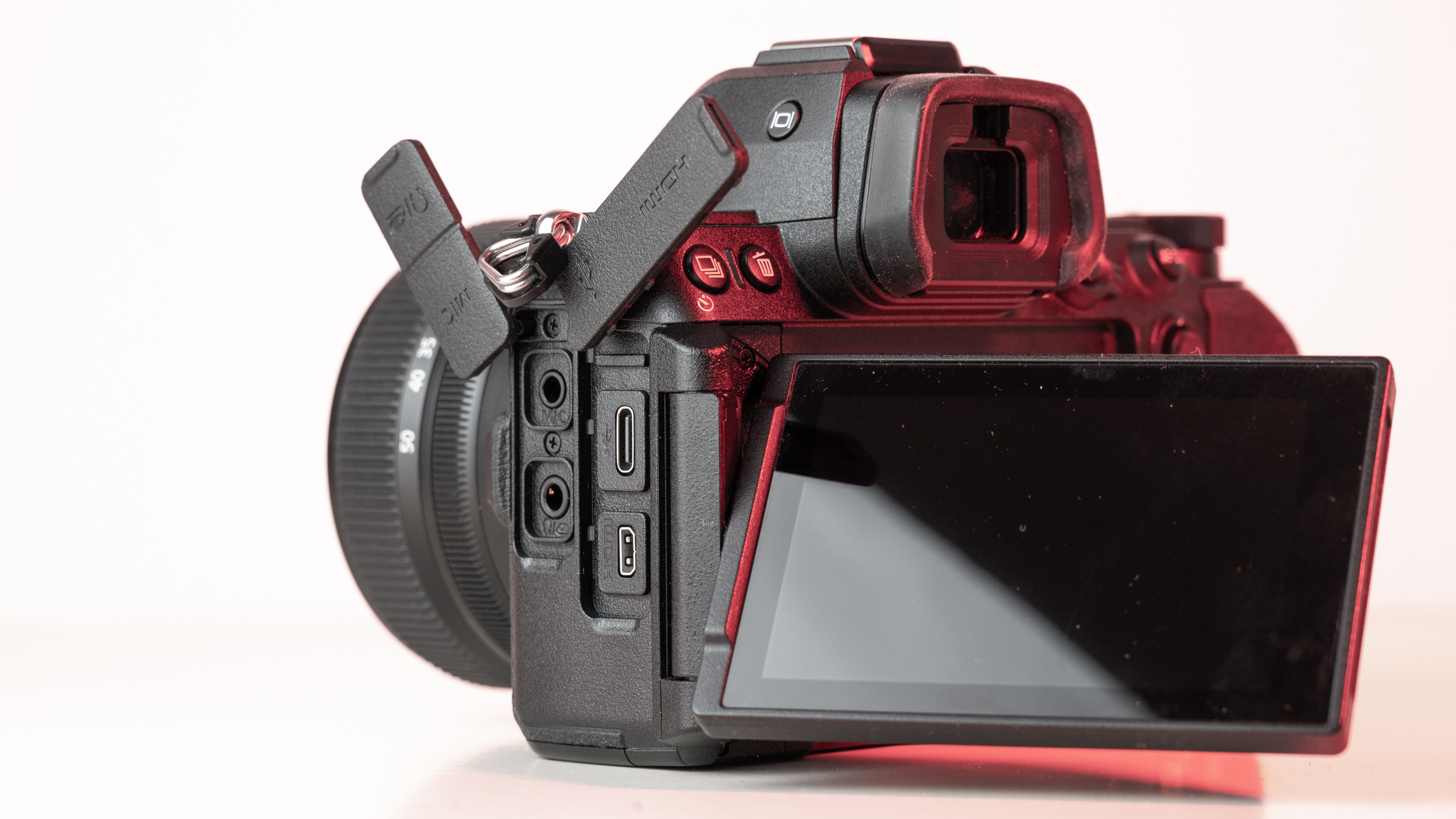
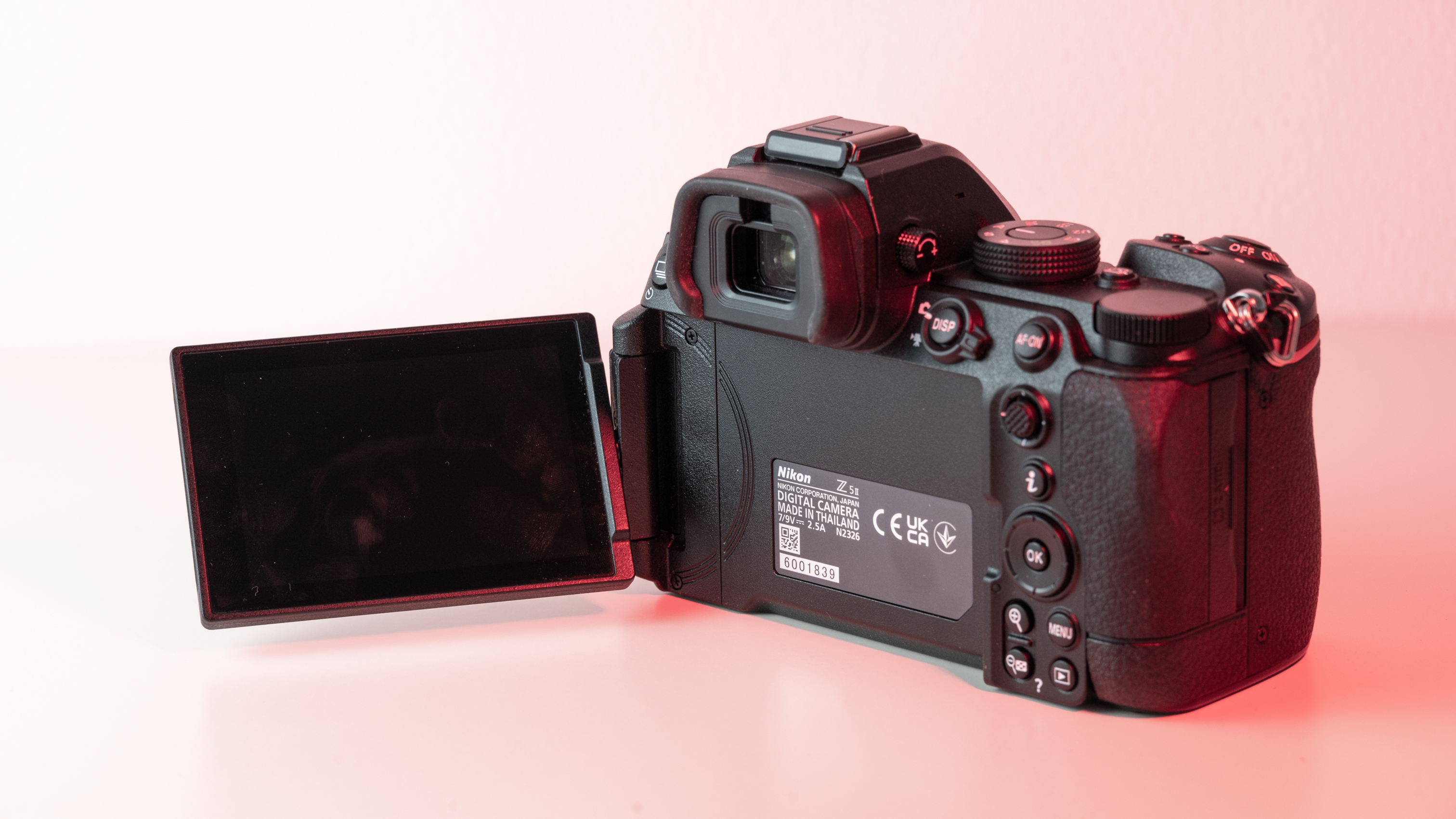
As on the Z6 III, the top and back plates are made of a sturdy magnesium alloy, and you also get the large and bright EVF that’s typical for Nikon cameras. The EVF is the same 3.69k dot OLED panel as on the previous model, although Nikon says it can now reach up to 3,000 nits of brightness.
Perhaps the most meaningful design change for the Z5 II is the inclusion of a fully articulating display. Previously, the Z5 only featured a tilting display, so it’s nice to see the inclusion of a flip screen that’s particularly useful for talking-head scenarios. There’s some debate around whether a tilting screen is still superior, but I much prefer the fully articulating option personally in terms of versatility. Not only do you get that selfie and talking-head option, but the flip-out screen is great for getting low-angle shots in portrait orientation, plus it isn't partially obstructed by the viewfinder for waist-level shooting like the previous screen.
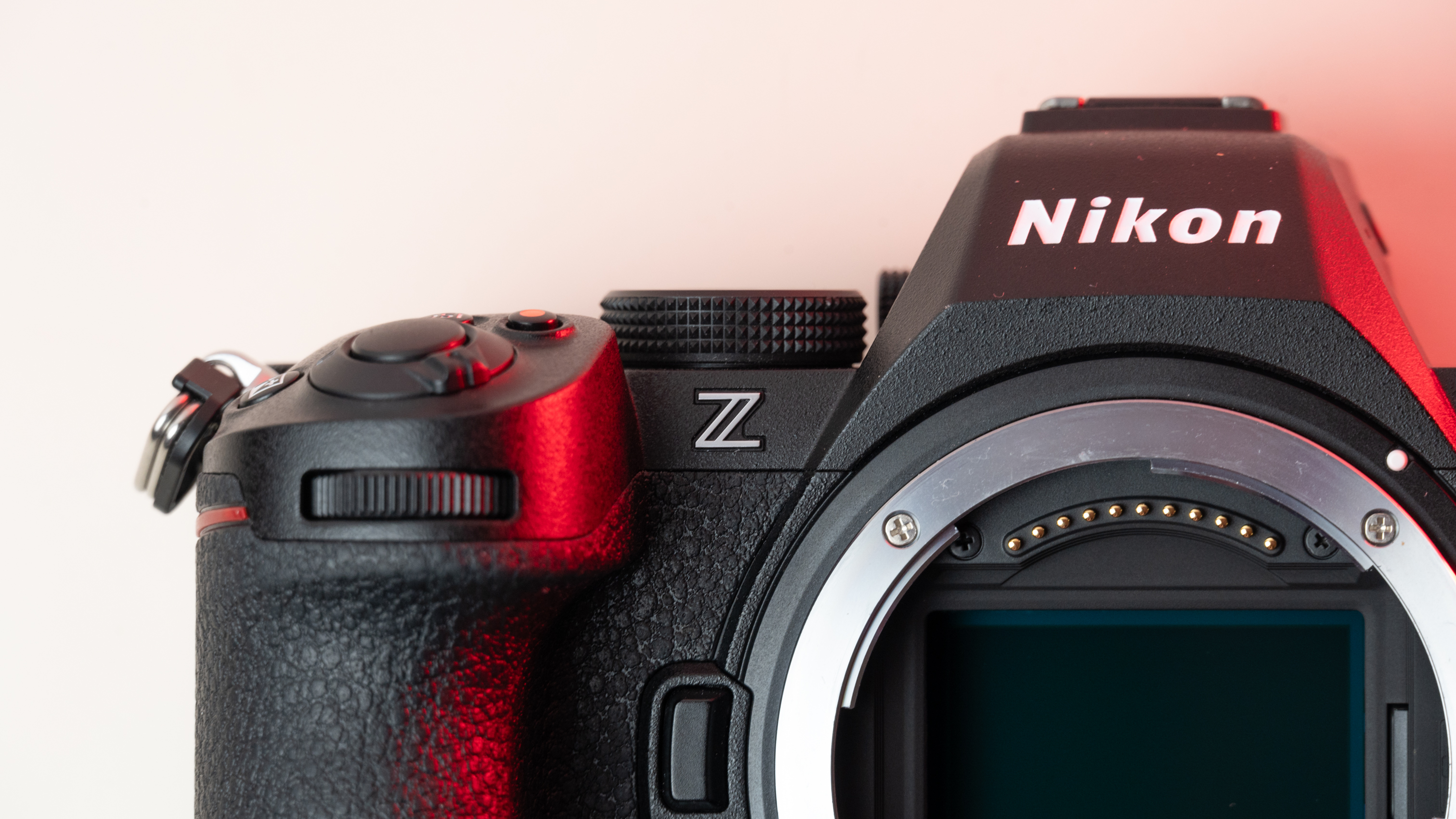
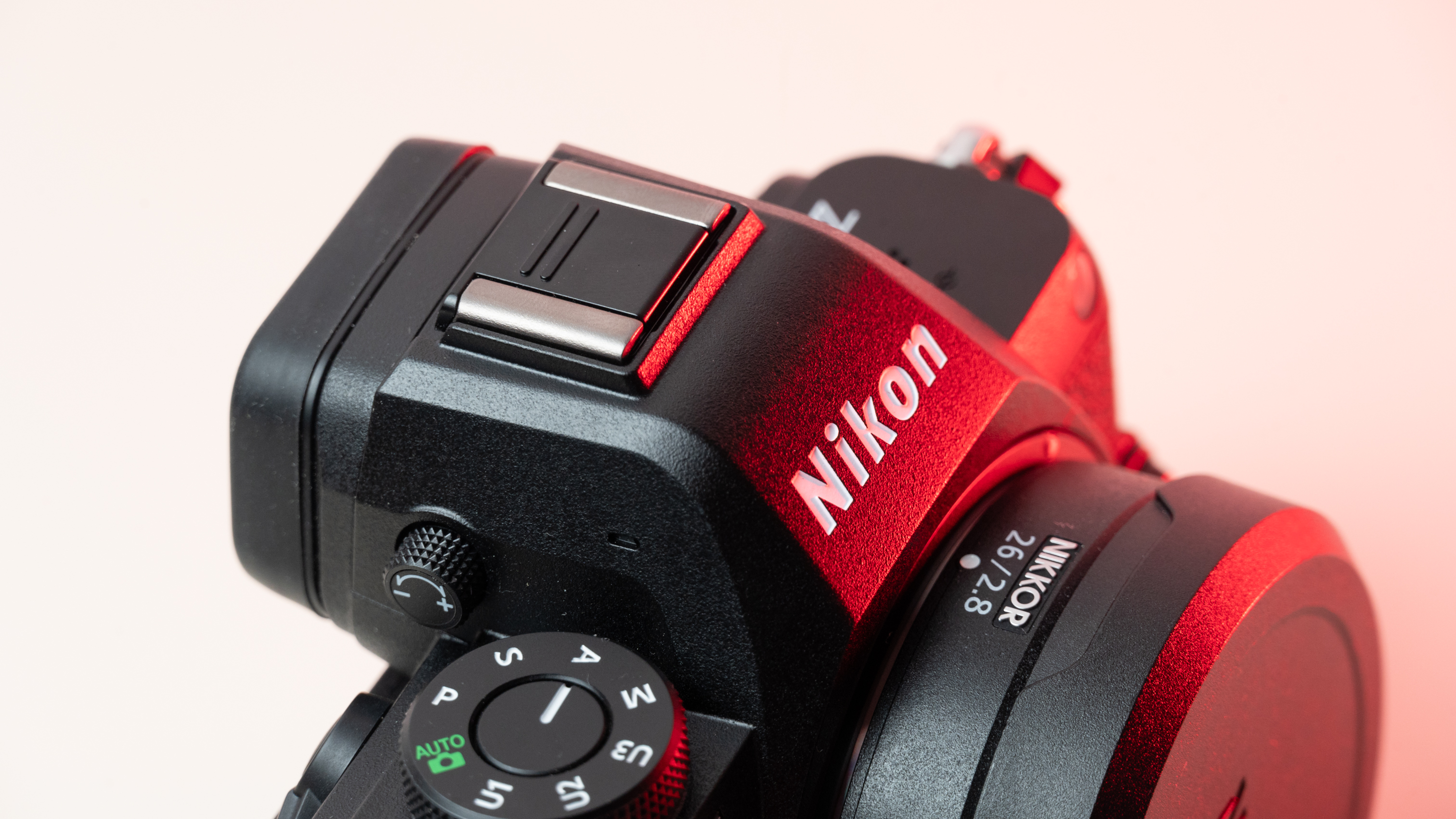
Ports-wise, the Z5 II features micro a HDMI port, plus headphone and microphone jacks, and USB-C with charging support. Unlike some budget models from the competition, notably the Canon R8, the Z5 II also features two card slots. You get support for two UHS-II cards here rather than the CFExpress Type-B combination that’s common on Nikon’s higher-end bodies, but it's still a fantastic inclusion for an entry-level camera. It’s also a nod to the Z5 II’s intended enthusiast target market, since the supported cards here are much cheaper than the CFExpress cards.
I'm grasping at straws to find a valid criticism of the Z5 II's design, but there are a few minor quibbles. The PASM dial, for example, doesn't feature the usual locking mechanism you find on higher-end bodies. It's a minor thing, yes, but it's easy to knock the dial out of your mode of choice, and it seems like an easy thing to rectify. Otherwise, the Z5 II is almost perfect in terms of function for a modern body.
- Design score: 4.5/5
Nikon Z5 II: features and performance
- Inherits subject-detection autofocus from high-end bodies
- Now shoots 4K 30fps footage uncropped
- 12fps burst for raw / 30fps JPEG with pre-capture
The previous Z5 was an entry-level camera through and through. It was capable of capturing lovely images, sure, but pedestrian autofocus performance and lesser specs meant it was best consigned to rather sedentary subjects.
The Z5 II, however, is a significant leap in terms of performance. With an almost identical specs sheet to the mid-range retro-bodied Nikon Zf, the Z5 II is in a completely different class to its predecessor.
There’s really no other way to express it: the Nikon Z5 II is just a superb camera for the vast majority of applications. The 24.5MP back-side-illuminated sensor in combination with the Expeed 7 imaging processor means the Z5 II is an extremely capable body regardless of the price tag.
Readout speeds, while not up to the level of the Z6 III with its stacked sensor, are dramatically better now. The Z5 II supports raw burst rates up to 12fps versus its predecessor’s pedestrian 5fps. If you’re happy to go with JPEGs, then you can crank that up to 30fps, with additional support for pre-capture.
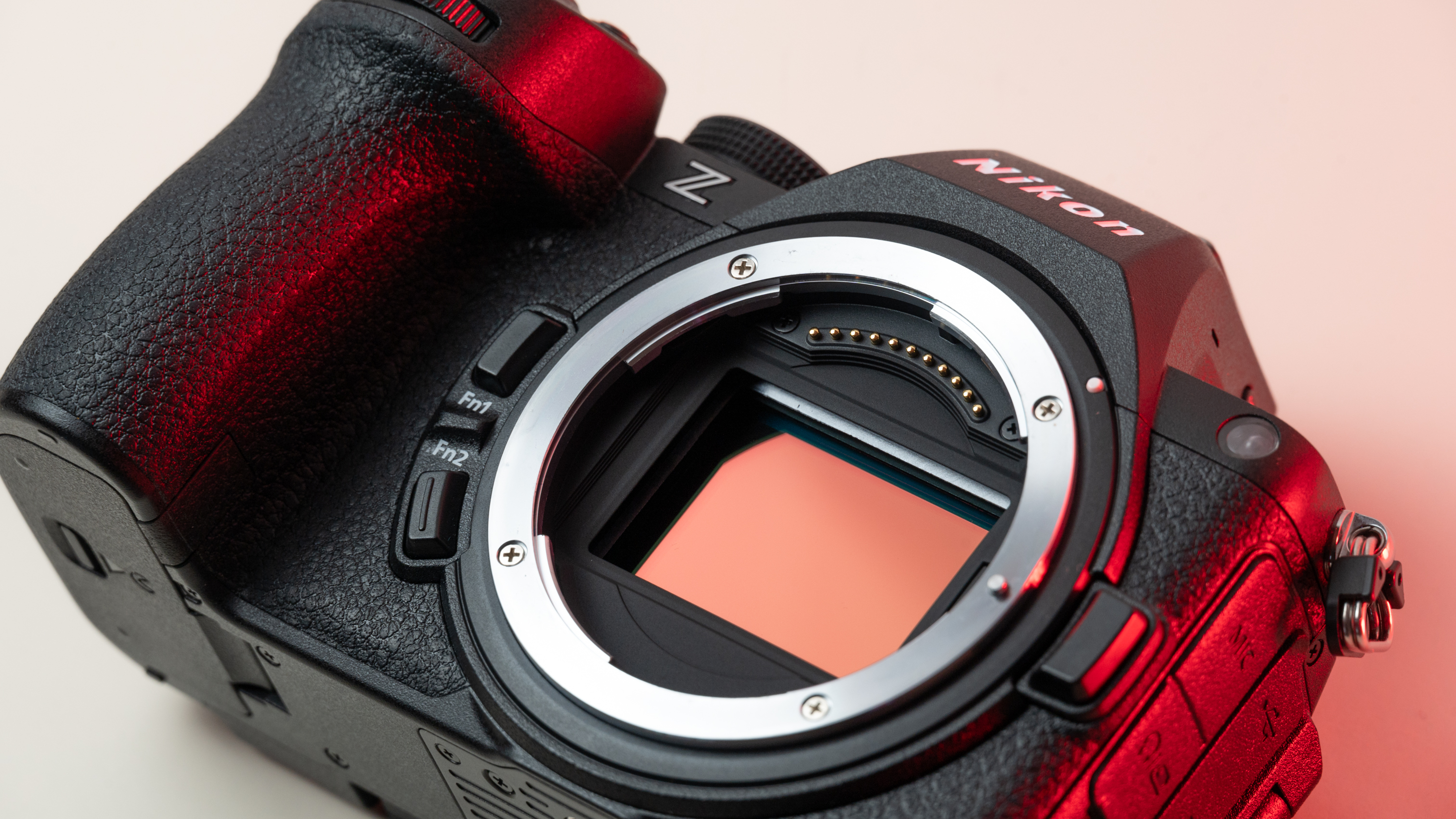
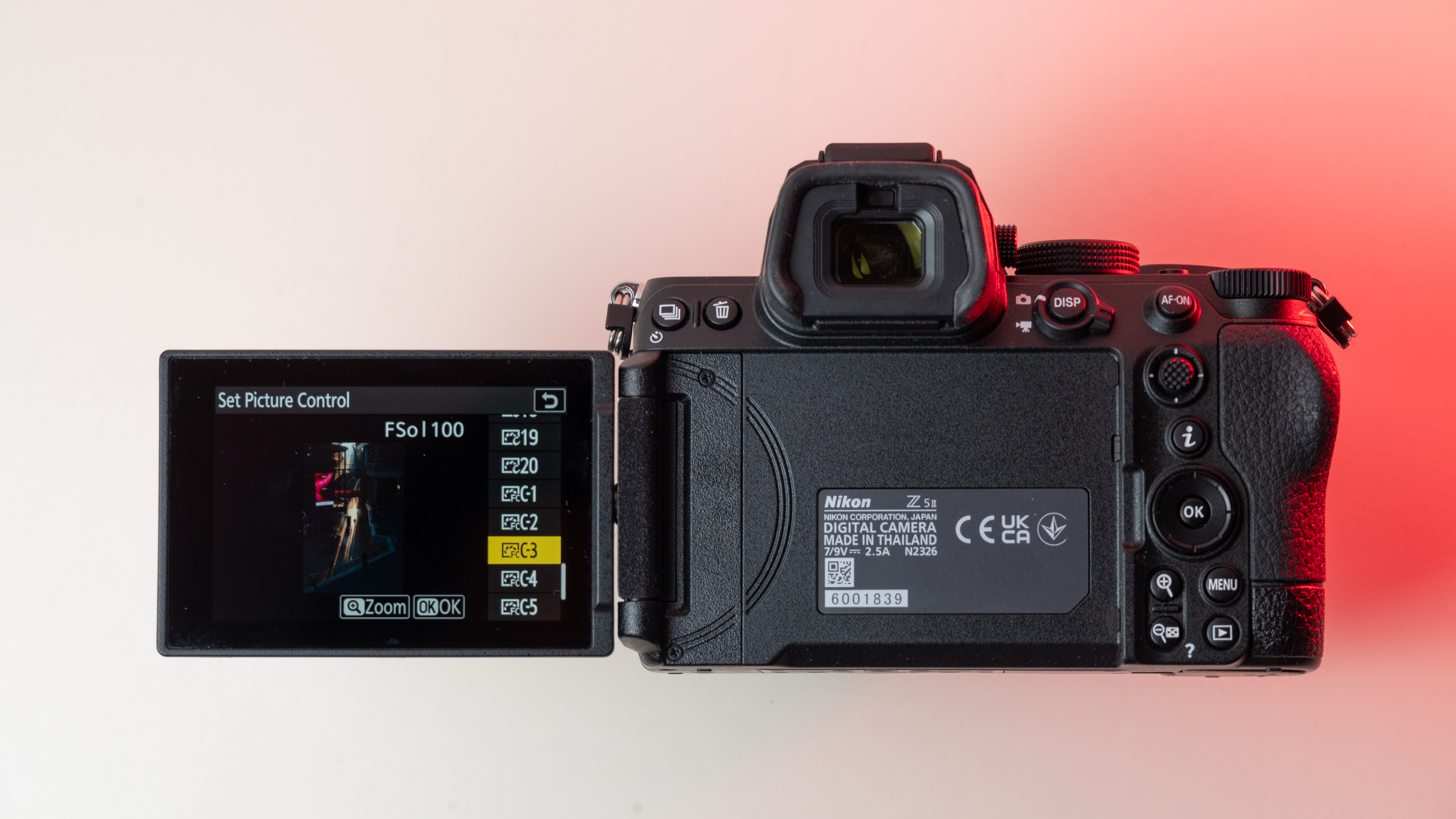
Video specs have also been improved significantly. The Z5 II now features full-width 4K footage at 30fps instead of the 1.7x crop of the Z5, and you also now get support for advanced formats like 12-bit N-RAW and 10-bit N-Log. Technically, the Z5 II can capture 4K at 60fps, but its 1.5x crop means it's still far behind the higher-end Z6 III when it comes to hybrid capabilities.
The two cameras do, however, share a lot of DNA, particularly when it comes to autofocus. The Z5 II inherits the various person, animal, and vehicle subject-detection capabilities from the higher-end Z Mount cameras, and is all the better for it.
Especially when compared to the older Z5 and Z6 models, the subject-detection autofocus is multitudes more effective here in all scenarios. On previous Z-mount bodies I was accustomed to having to manually steering the camera via tracking points or defined AF areas, but that’s not the case with the Z5 II.
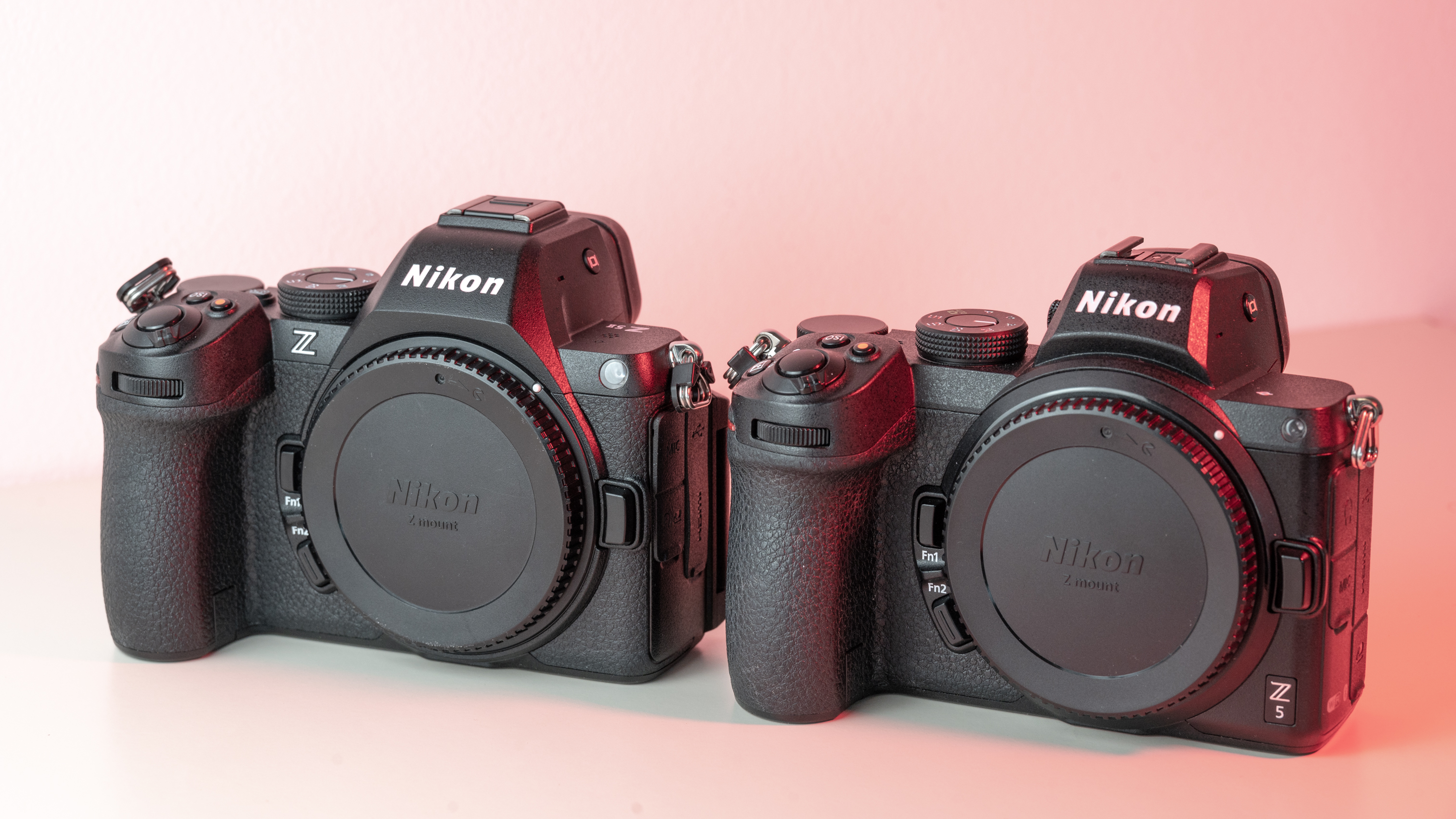
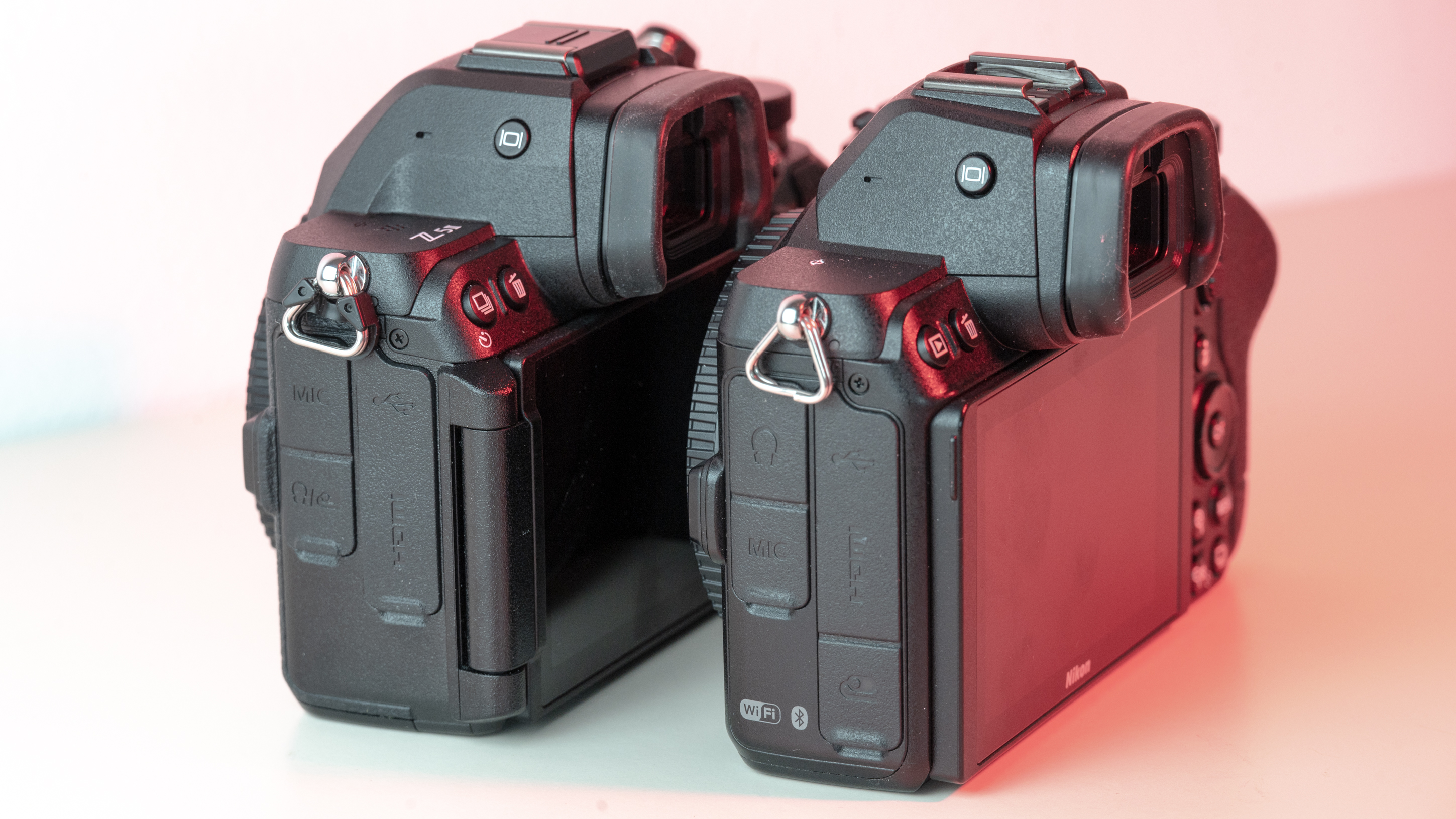
In testing, I found myself shooting with full-area continuous autofocus in the vast majority of scenarios, simply letting the camera do its thing. The Z5 II has no issues picking out people, birds, eyes, and moving subjects in crowded or otherwise demanding scenes. 3D tracking is also significantly stickier now, which is handy for the rare occasions when subject-detection fails.
In terms of price relative to performance, it’s extremely hard to fault the Z5 II here. Sure, it’s not the quickest camera from Nikon, or the prettiest, but it’s an extremely capable body that’s perfect for a wide range of users. The Z5 II really is a versatile camera that’s going to be a fantastic tool for the vast majority of enthusiast shooters.
- Features and performance score: 4.5/5
Nikon Z5 II: image and video quality
- 24.5MP back-side-illuminated full-frame sensor
- Now supports custom JPEG recipes
- Internal 12-bit N-RAW and 10-bit N-Log video
The Z5 II’s sensor is a known quantity by now. It’s a sensor that’s been knocking around in Nikon cameras in some form or another since 2018. That’s by no means to its detriment, though, since this 24.5MP back-side-illuminated sensor is capable of providing incredible results across a wide range of subjects and scenarios. You could say it’s an old favorite, even.
I have a fair amount of experience with this particular sensor, having shot with the older Nikon Z6. So I was immediately at home with the Z5 II’s output, and I’m pleased to note that it’s more than capable of producing detailed images with pleasing color straight out of the camera. It’s hard to fault a sensor this good – there really aren’t any limitations aside from the relatively middling 24.5MP resolution limiting cropping potential in the most extreme circumstances.
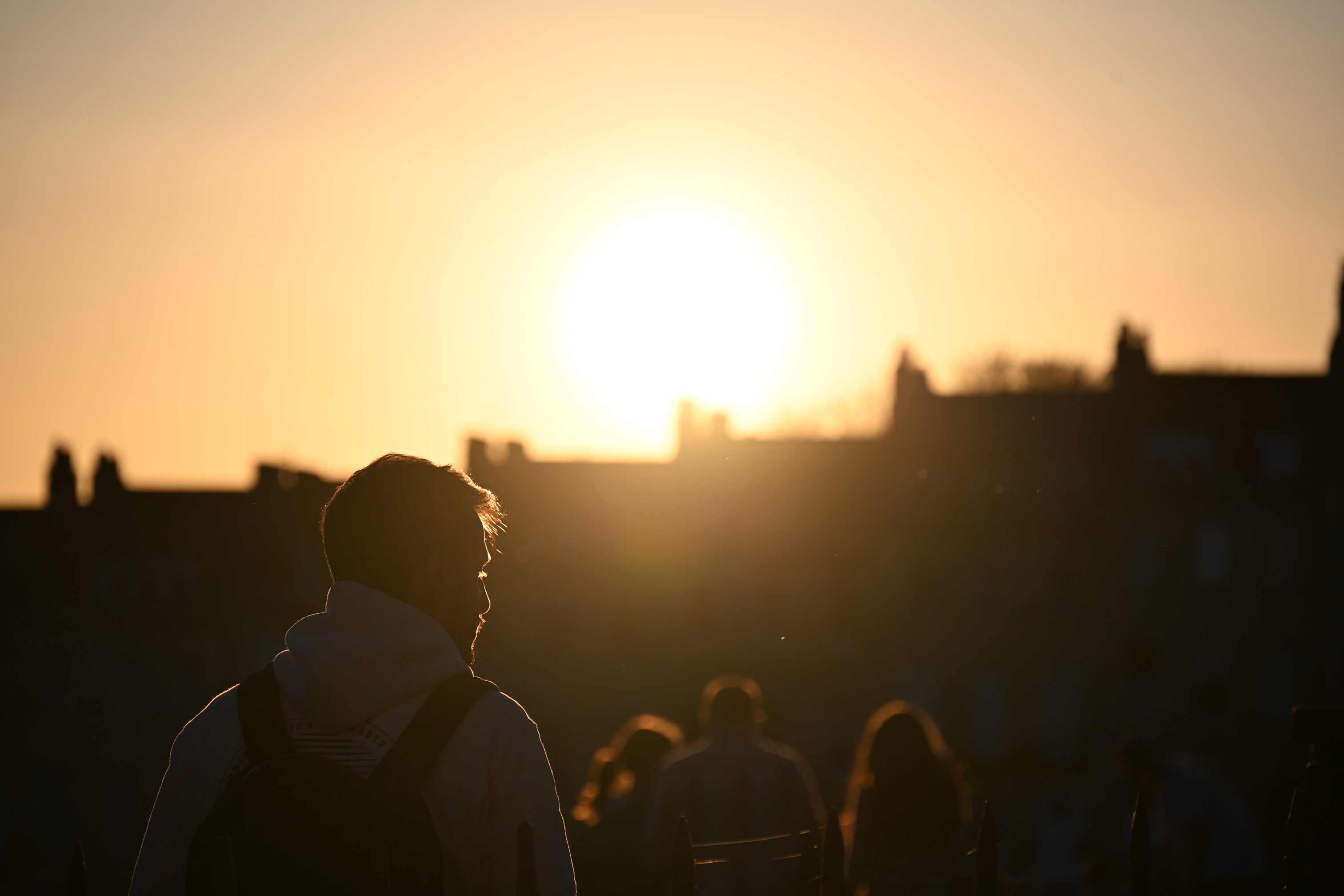
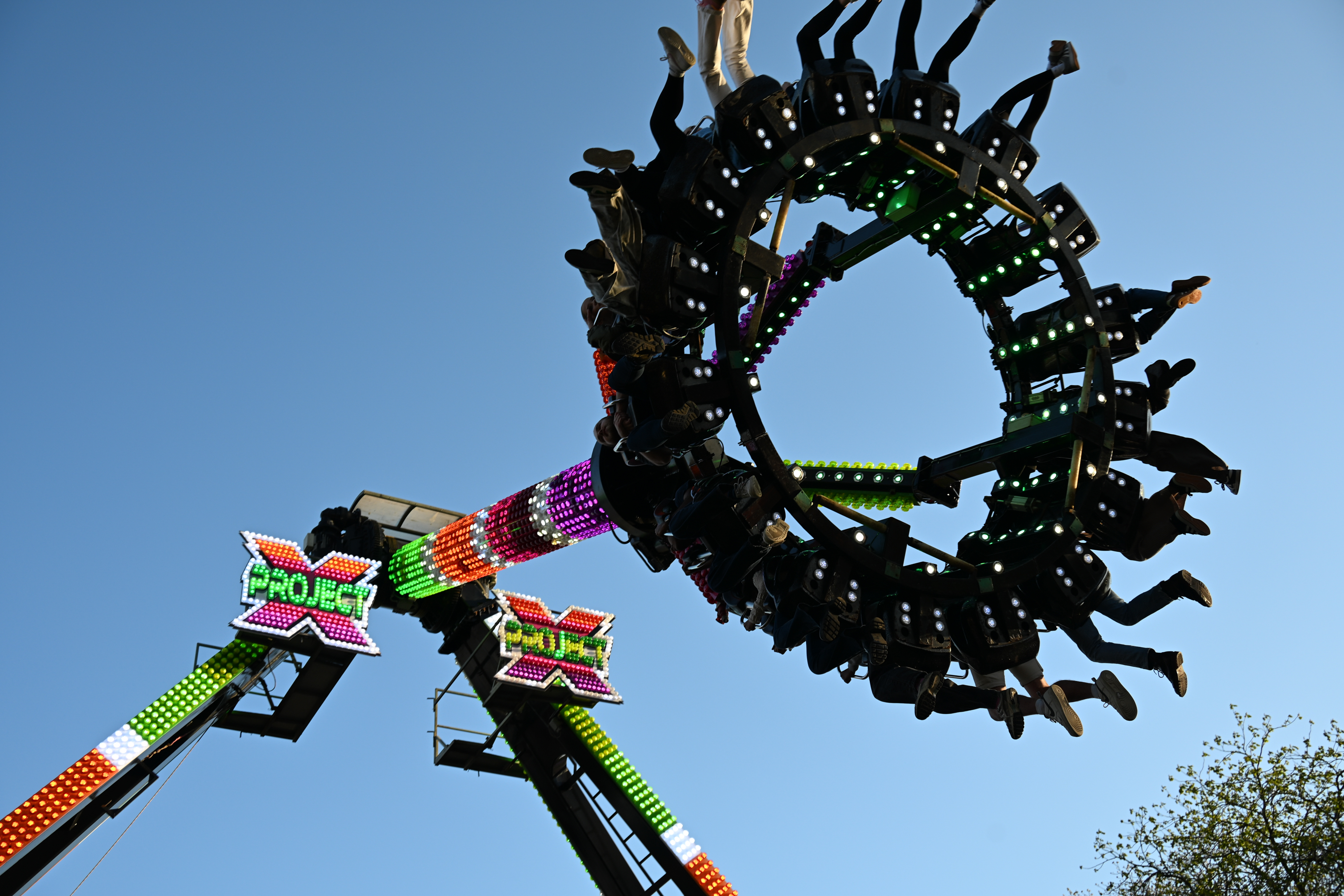
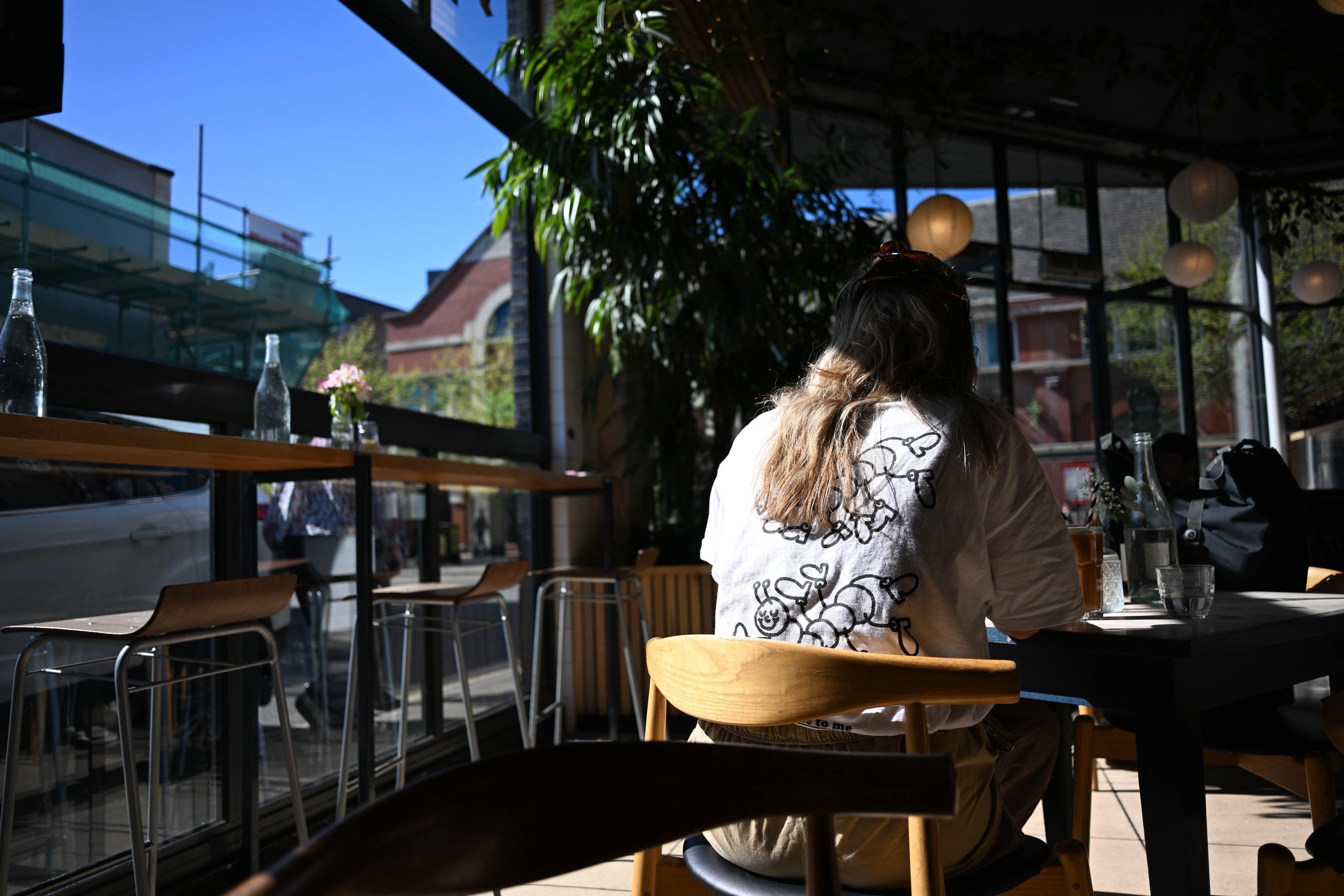
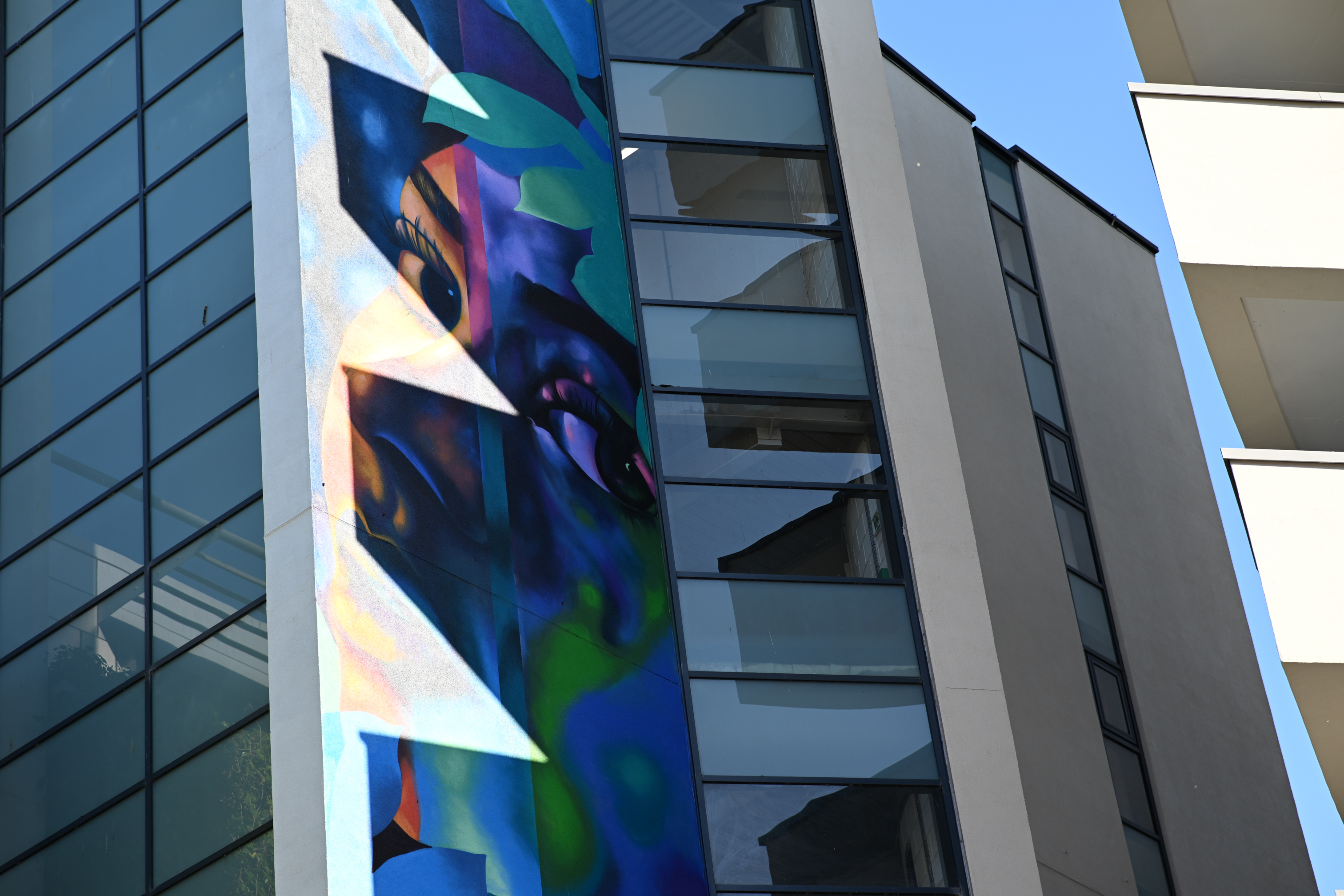

If you can live with ‘just’ 24MP, then you’ll find the Z5 II’s output excellent – JPEGs in particular are fantastic. The image stabilization is rated at an impressive 7.5 stops – this sensor was already known as a low-light beast, but the image stabilization really adds to the camera’s night photography credentials.
Looping back to the Z5 II’s excellent JPEG output, it’s worth mentioning just how Nikon has significantly upped its game with the Z5 II. The camera now supports the new Nikon Imaging Cloud, which unlocks a much smoother image upload workflow and the seamless sharing of image recipes a la Fujifilm.
Given that my processing app of choice (Adobe Lightroom) didn’t support my pre-production Z5 II’s raw output, I quickly found myself tinkering with numerous JPEG presets. Switching between presets is extremely easy thanks to the dedicated Picture Control button on the top of the camera, and the interface also enables you to tweak various settings like sharpness, contrast, and clarity.
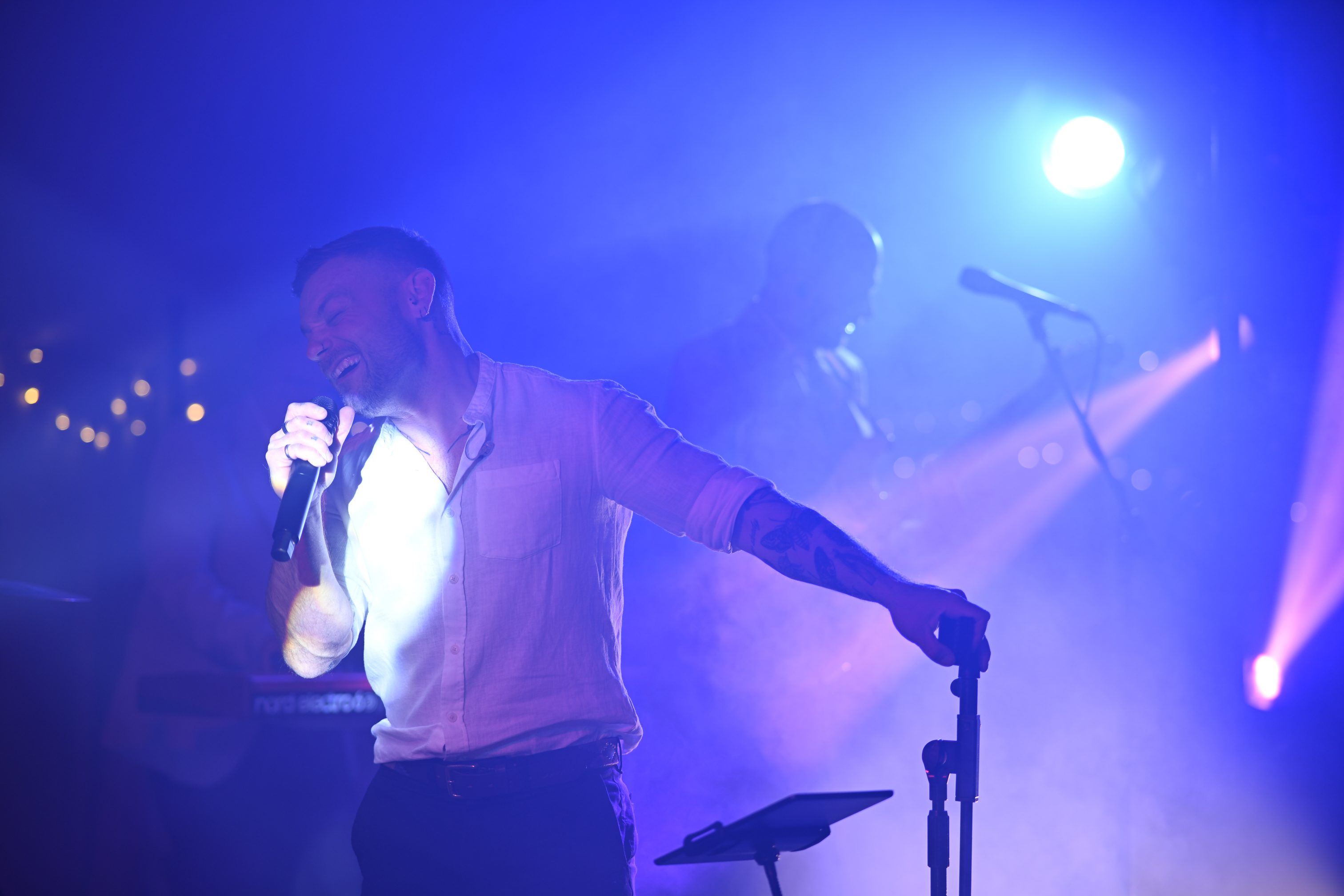
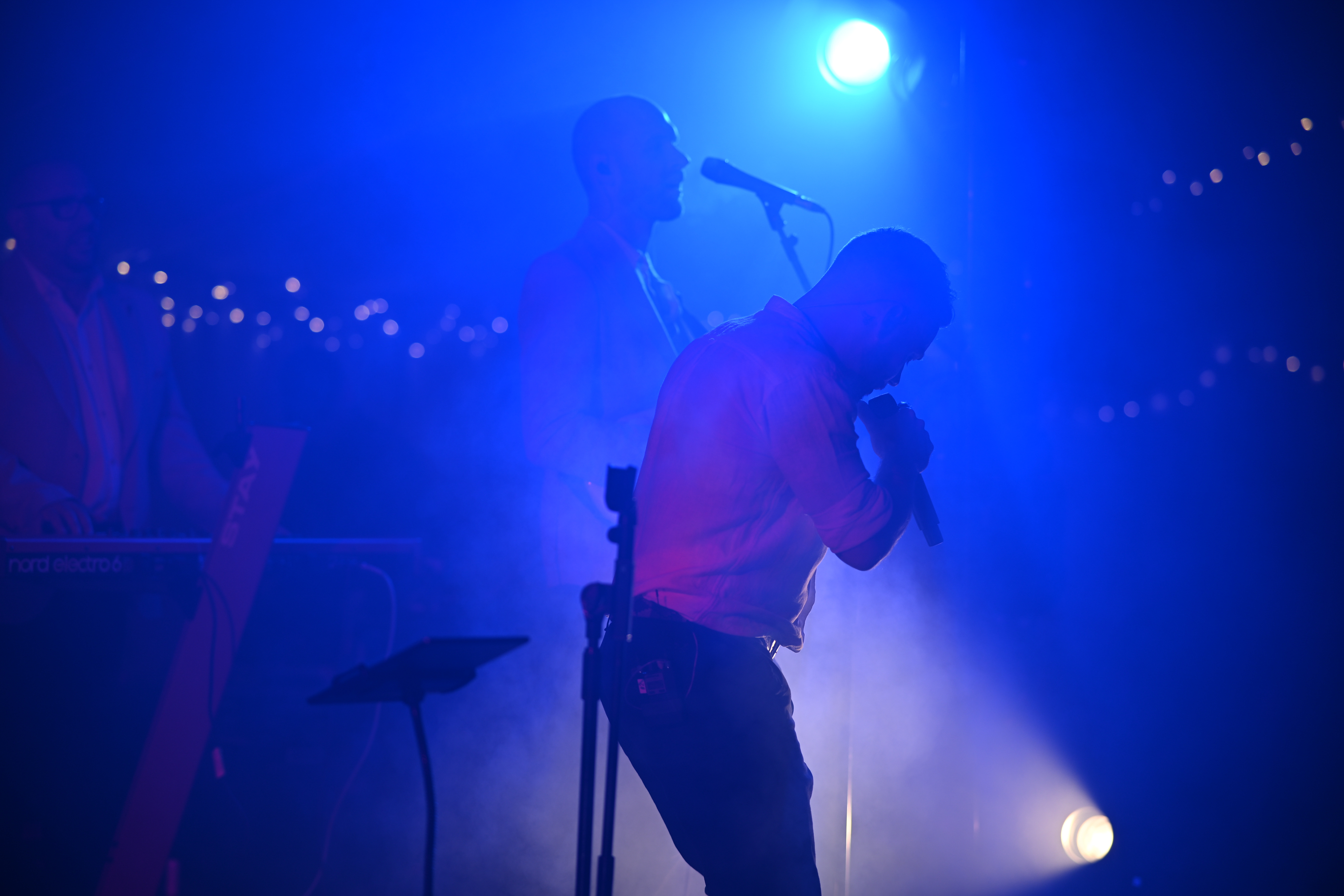
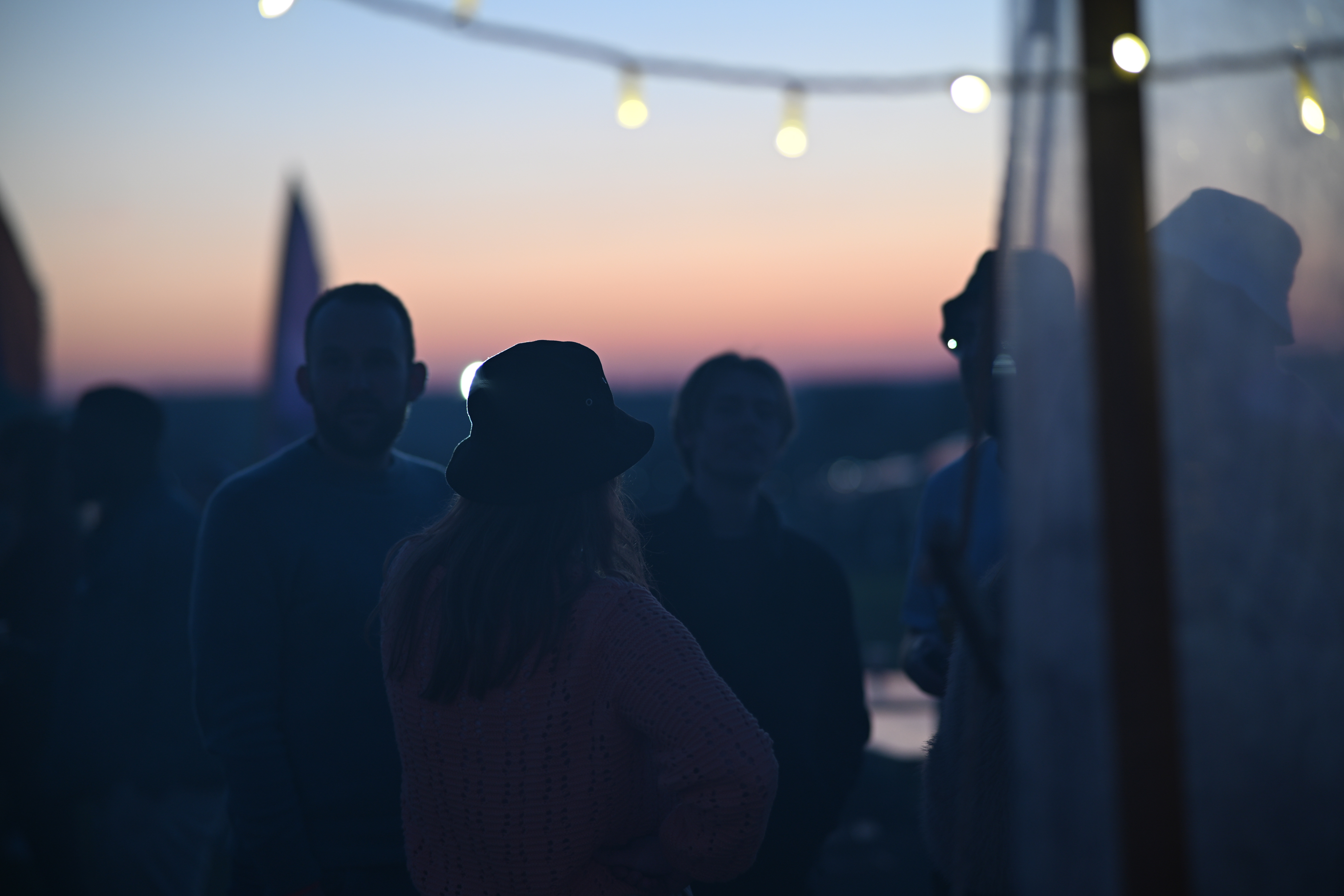


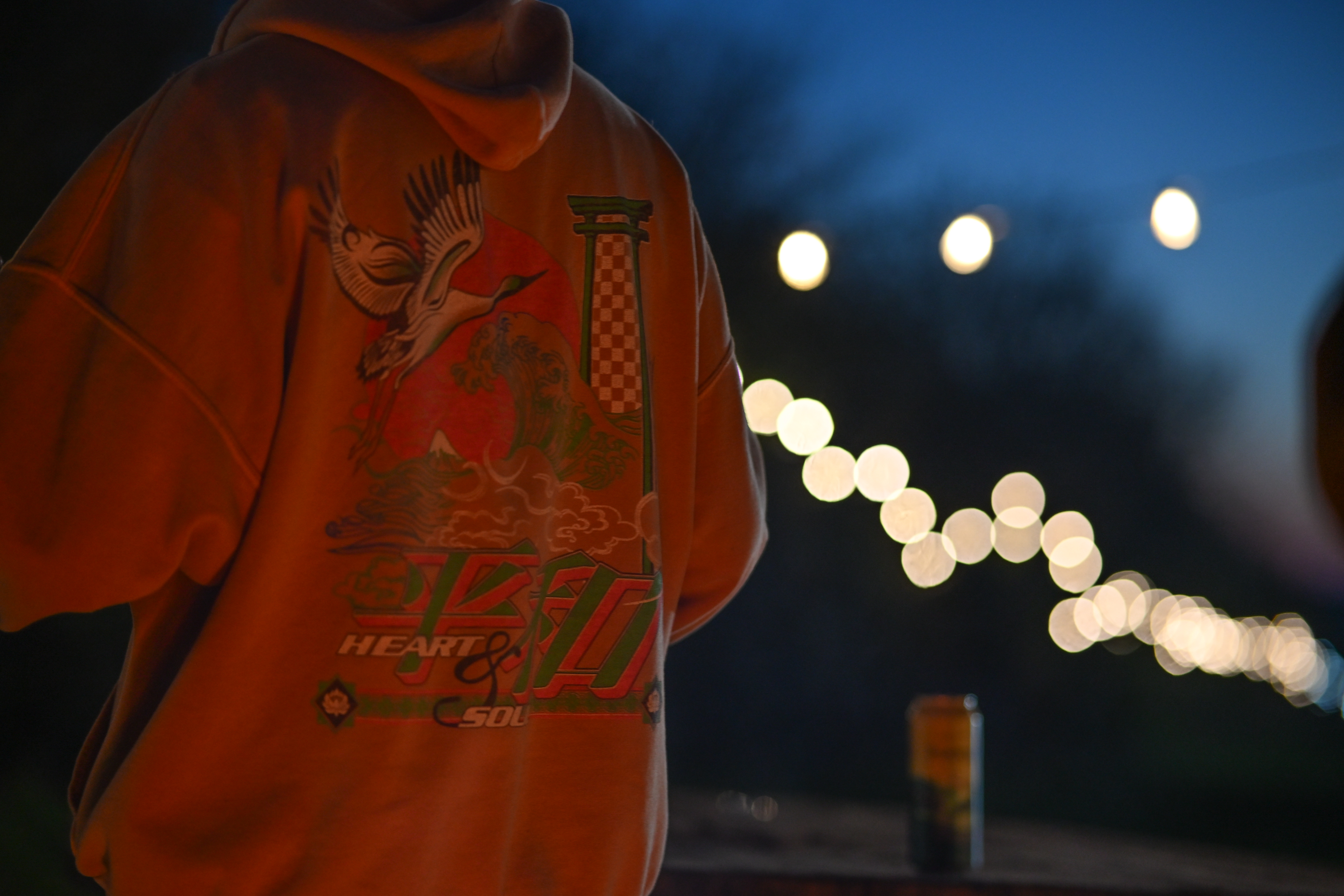
If I have a complaint, it’s that the various in-camera JPEG sliders are still rather basic, and the default profiles lack the polish of the likes of Fujifilm. The Nikon Z5 II, however, has a secret weapon in that it can store up to nine additional custom color profiles from the NX Studio app. This app fully supports color grading and other advanced options, so it’s perfect for really tailoring your JPEGs to match your raw workflow.
I imported a few presets onto my Z5 II, and was instantly able to get some superb results right out of the camera. The process is extremely smooth, and Nikon’s excellent in-camera retouch options easily allow you to test out your profiles on the various raw files already saved to your card.
Below are a few images showcasing what's possible with these in-camera presets.
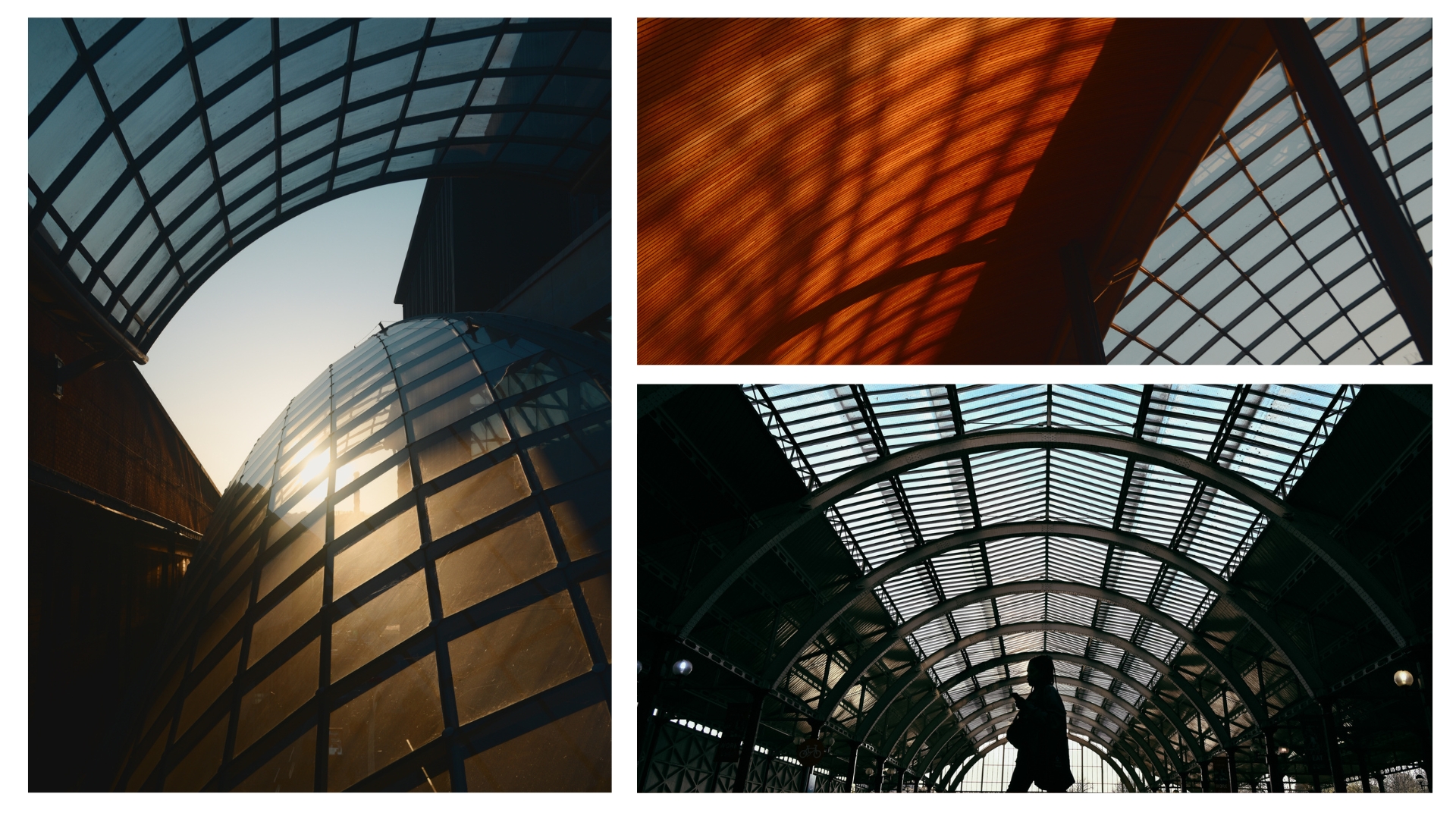
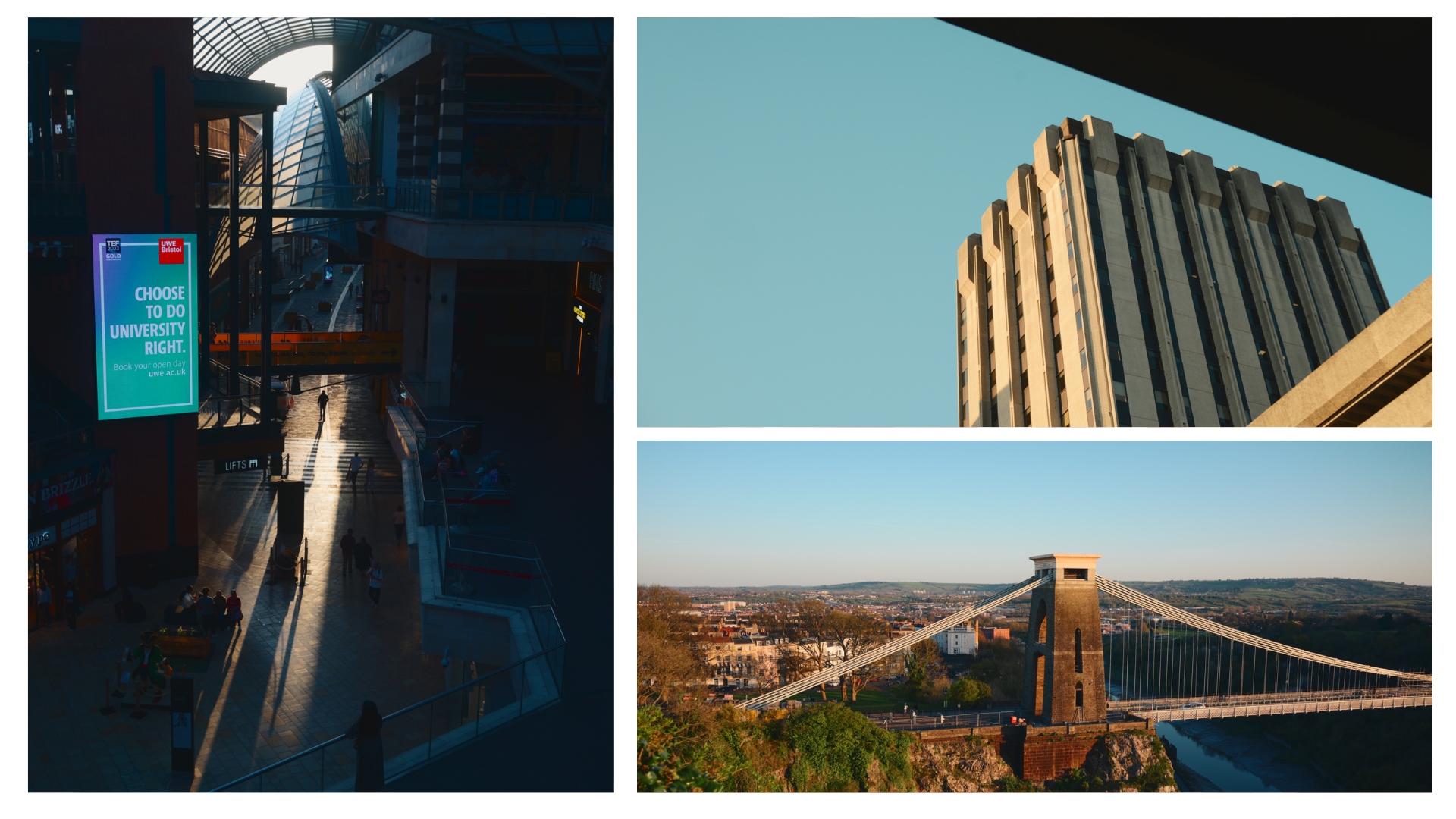
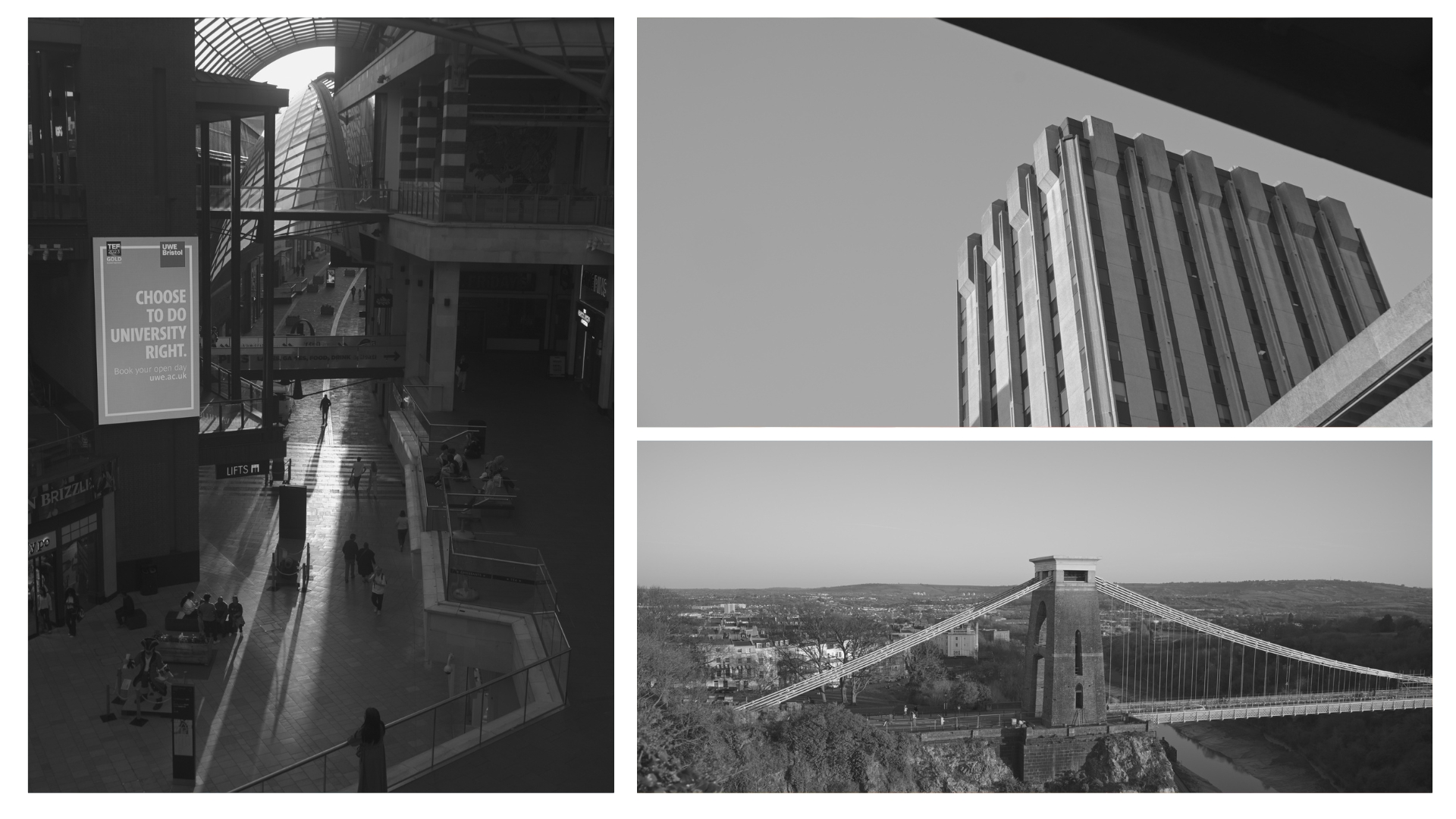
These presets can also be used for in-camera color grading, although advanced videographers will likely want to make use of the camera’s new internal N-Raw and N-Log formats for maximum flexibility and dynamic range. Generally speaking, video output is excellent here – especially with the oversampled 4K footage at 30fps.
If the Z5 II has any weaknesses when it comes to video, they're generally down to the sensor's middling readout speeds. Aside from the 1.5x crop at 4k 60fps you also get some rolling shutter when panning quickly, as with most bodies without a stacked sensor. If you want a more fully-featured and modern video platform, it could be worth investing in the higher-end Nikon Z6 III.
While we’re here, it’s worth mentioning the number of excellent lenses that are ready to pair up with the Z5 II. While the Z-Mount supports plenty of high-end glass, even modest choices like the Nikkor 24-50mm f/4-6.3 kit lens are capable of providing great results. My favorite lenses for the Nikon Z5 II in particular are the super-lightweight Nikkor 40mm f/2 and Viltrox 85mm f/1.8, both of which are great lower-cost lenses that pair perfectly with the Z5 II.
Most of the example images you can see here were shot with either those two lenses or the Nikkor 24-200mm f/4-6.3 zoom, which is another kit option for the Z5 II.
- Image and video quality score: 4.5/5
Nikon Z5 II: testing scorecard
Attributes | Notes | Rating |
|---|---|---|
Price | More expensive than the previous model, but the upgrades more than justify the hike | 4.5/5 |
Design | Robust, solid, and ergonomic. The Nikon Z5 II is a great-handling camera | 4.5/5 |
Performance | Inherits the excellent autofocus of the higher-end Nikon bodies and vastly improved video specs | 4.5/5 |
Image and video quality | Only 24.5MP resolution, but capable of excellent results with new custom JPEG options | 4.5/5 |
Should I buy the Nikon Z5 II?
Buy it if...
You want a great-value all-rounder
The Nikon Z5 II is fantastic jack-of-all-trades camera for a competitive price. It's a great choice if you want something that nails both photo and video without breaking the bank.
You're looking to upgrade
If you're already shooting with an older Z-mount body or even a Nikon DLSR then there's a strong argument for upgrading to the Z5 II. The autofocus in particular provides a massive jump in performance over the older bodies, even the higher-end Z6 II.
Don't buy it if...
You want a retro design
The Nikon Z5 II is almost identical to the Nikon Zf when it comes to performance and specs, so the latter is the obvious choice if you prefer a more retro look.
You need advanced video features
The Z6 III provides more headroom in terms of high-resolution video with its support for 6K/60p N-RAW.
You need resolution
The Z5 II's 24.5MP sensor isn't a high-resolution beast like the higher-end cameras in Nikon's lineup. If you need massive cropping potential there's the older Nikon Z7 II, pricier flagships, or look elsewhere.
Nikon Z5 II: also consider
The Lumix S5 II is another competitively priced full-frame body that offers a viable alternative to the Nikon Z5 II if you're looking for something more video-centric. The S5 II is capable of open-gate 6K / 30p recording at 10-bit, which gives it the edge for resolution and cropping video. That said, the Z5 II is cheaper at full list price, and inherits the outstanding autofocus from the higher-end Nikon Z-Mount bodies.
Read our in-depth Panasonic Lumix S5 II
On paper the Nikon Z5 II and Nikon Zf are extremely similar cameras in terms of performance. In form, however, the two couldn't be more different, with the Zf sporting a gorgeous retro design. If you'd prefer the same specs in a more classic, nostalgia-themed body, the Nikon Zf is the obvious choice. Expect to pay a little extra for the pleasure though.
Read our in-depth Nikon Zf
How I tested the Nikon Z5 II
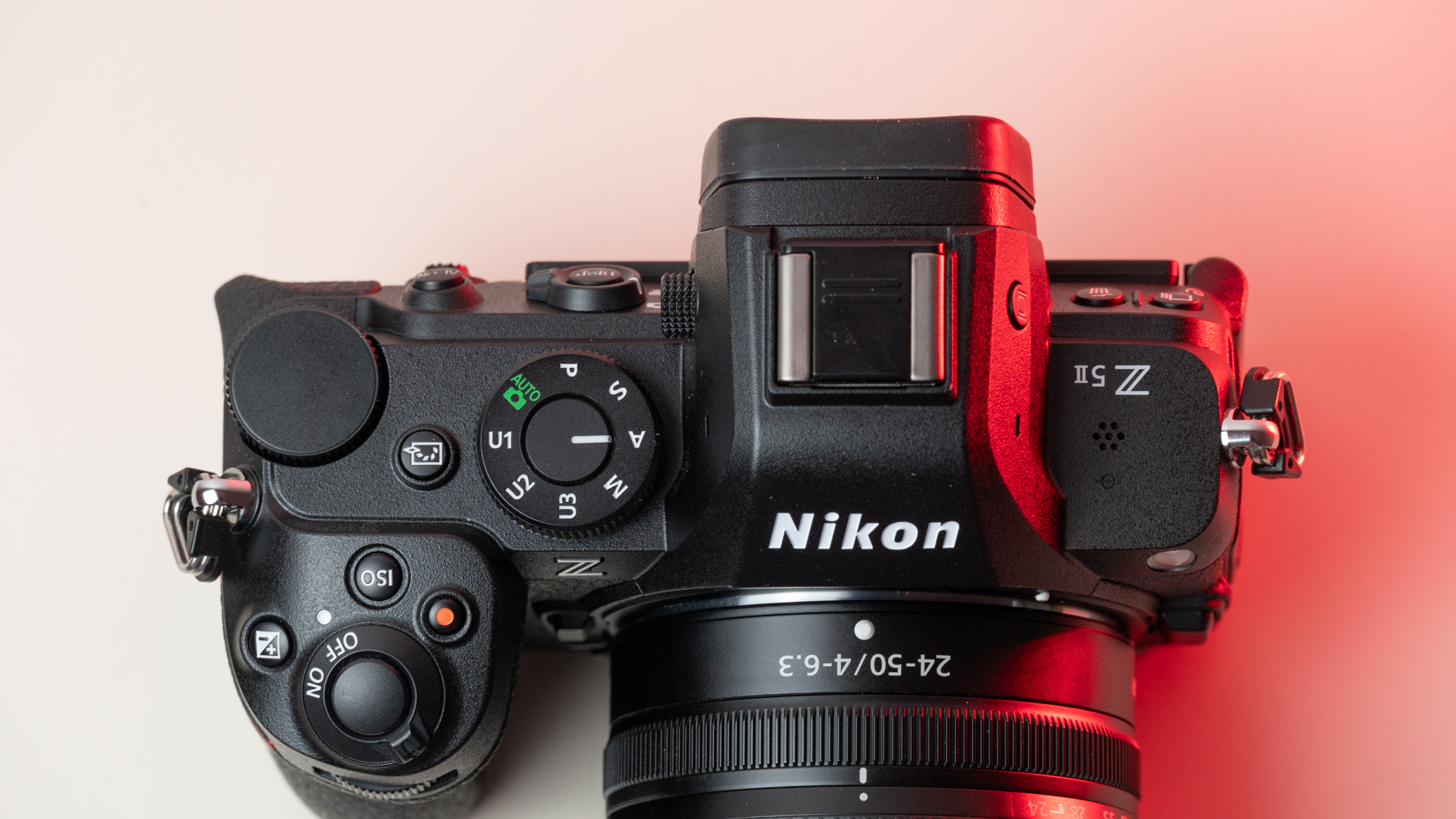
- Nikon loaned me the Z5 II and some lenses for two weeks
- I tested it with the 24-50mm and 24-200mm kit zooms
- I also used the Nikon 26mm and 40mm and Viltrox 85mm primes
- I carried the camera daily, testing its video and photo capabilities
- I shot over 1,000 images with the camera
I used the Nikon Z5 II as my everyday camera over a two-week period, which gave me the chance to shoot more than 1,000 images and videos. I was able to test the subject tracking, low-light performance, and image stabilization effectively thanks to using the camera in a diverse range of environments, both indoors and outdoors.
Nikon sent me the Nikkor 24-50mm and f/4-6.3 Nikkor 24-200mm f/4-6.3 zoom kit lenses to try, as well as the Nikkor 26mm f/2.8. I also made sure to use the camera with a third-party lens, in this case the Viltrox 85mm f1/.8.
First reviewed April 2025

Alex is TechRadar's deals editor, specializing in getting our readers the best bang for the buck on the tech that we know and love. He's a dab hand at covering retailer events like Black Friday and Amazon Prime Day having over seven years of e-commerce experience at Future PLC; including bylines at our sister sites T3 and GamesRadar. Alex's expertise touches on most areas of TechRadar but he has a particular love for phones, laptops, and cameras, being an avid photographer. Outside of work, you'll find him indulging his love for street and travel photography, at home working on music, or down at the local climbing gym.
You must confirm your public display name before commenting
Please logout and then login again, you will then be prompted to enter your display name.
